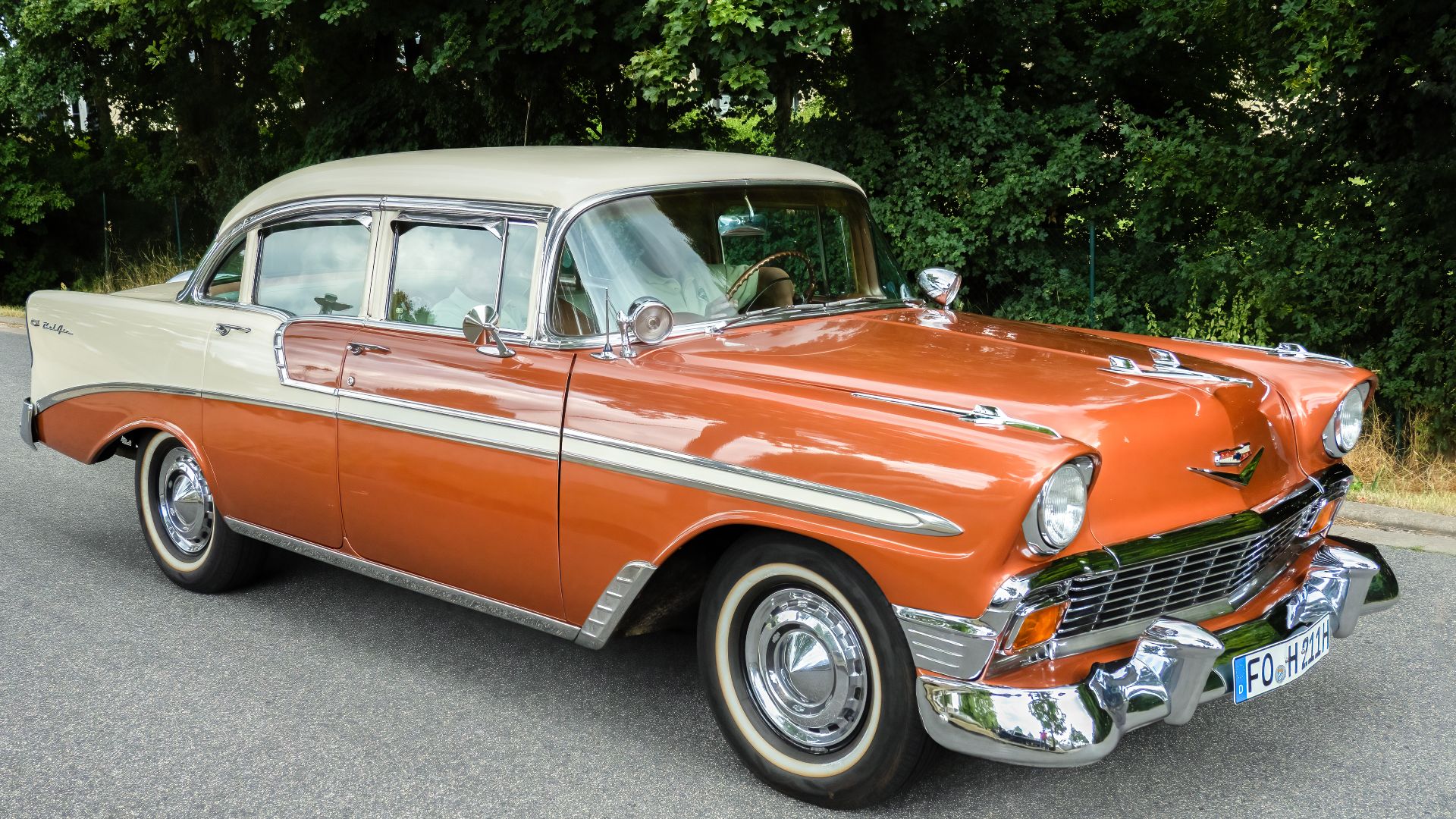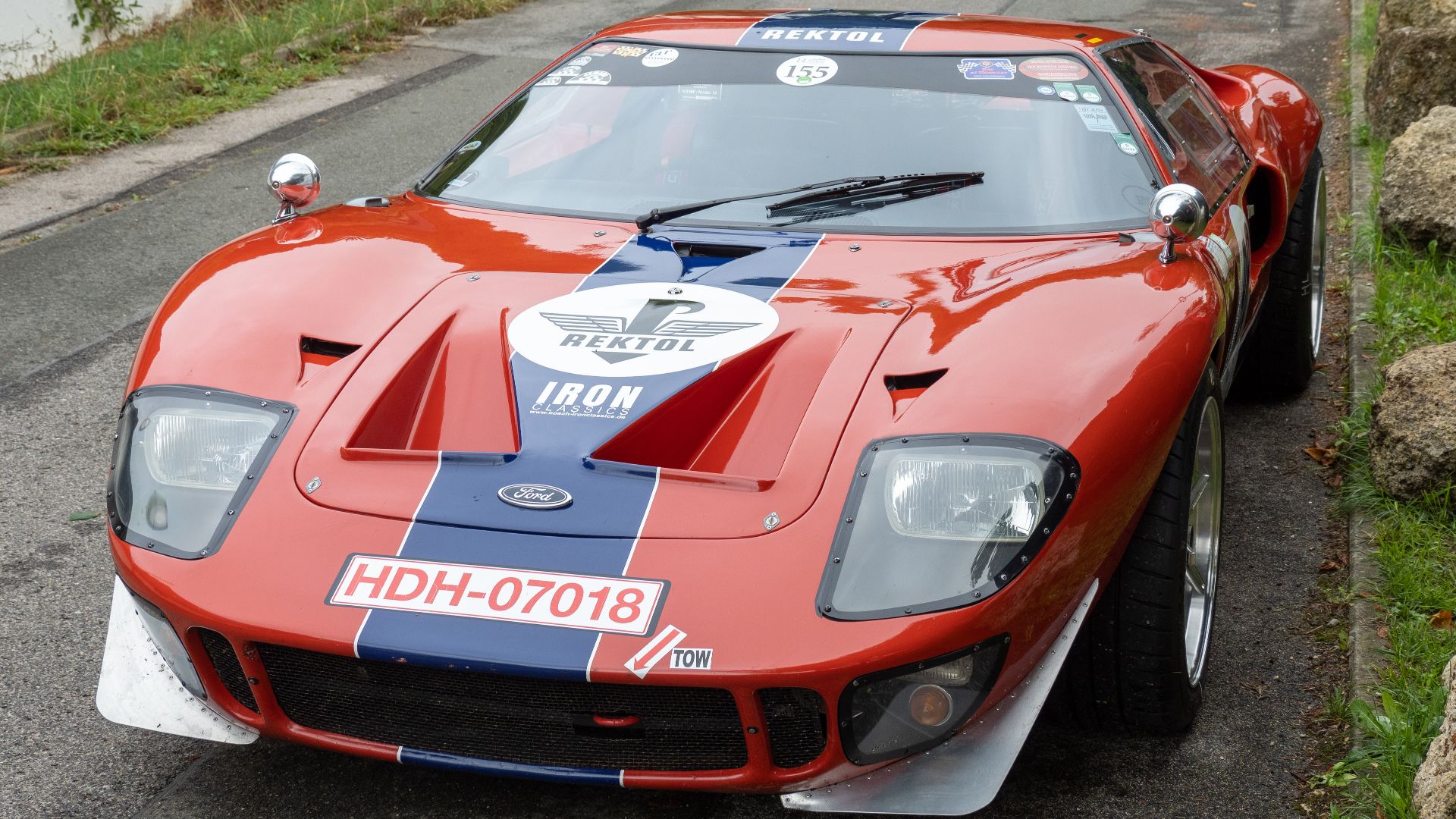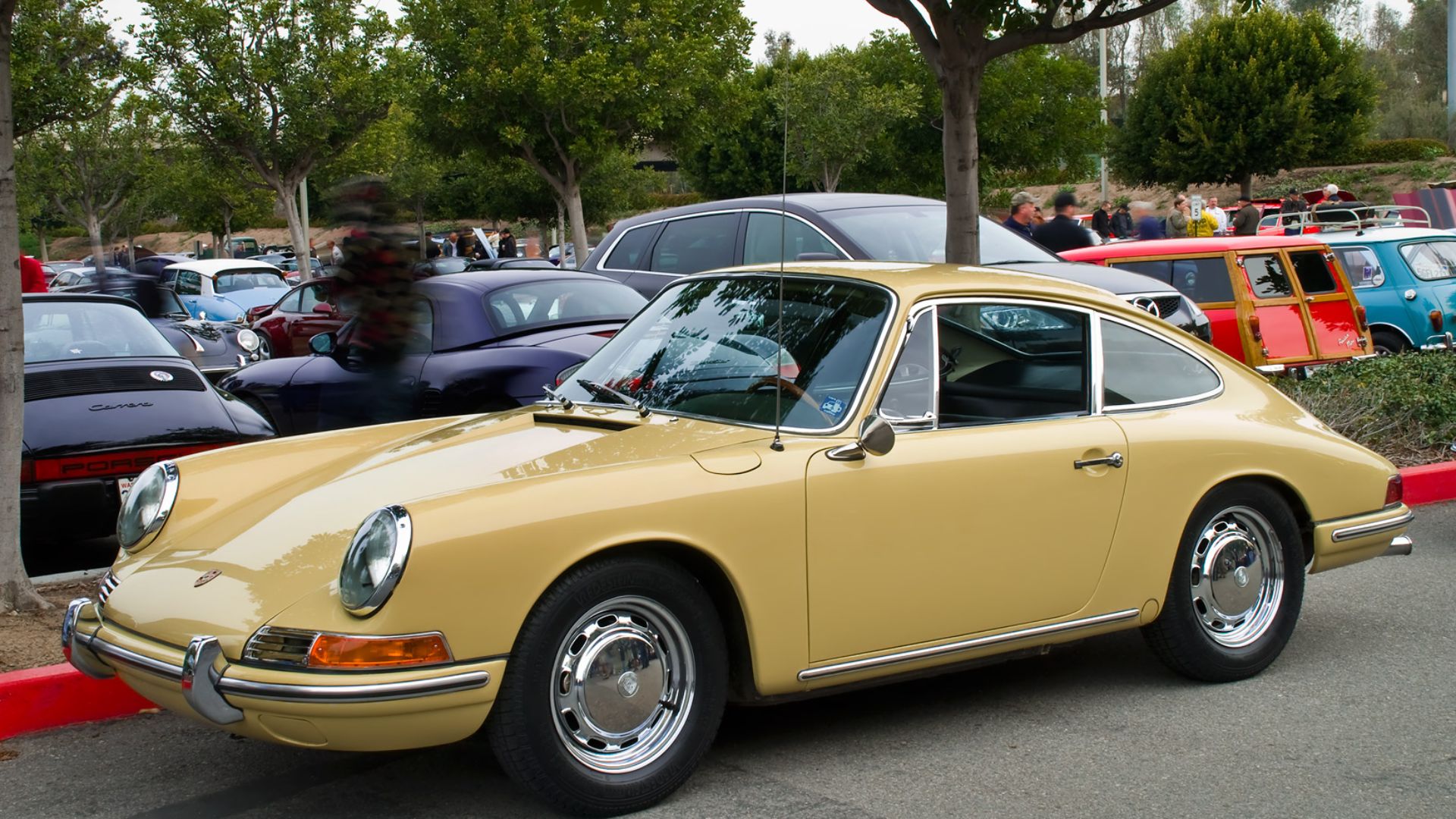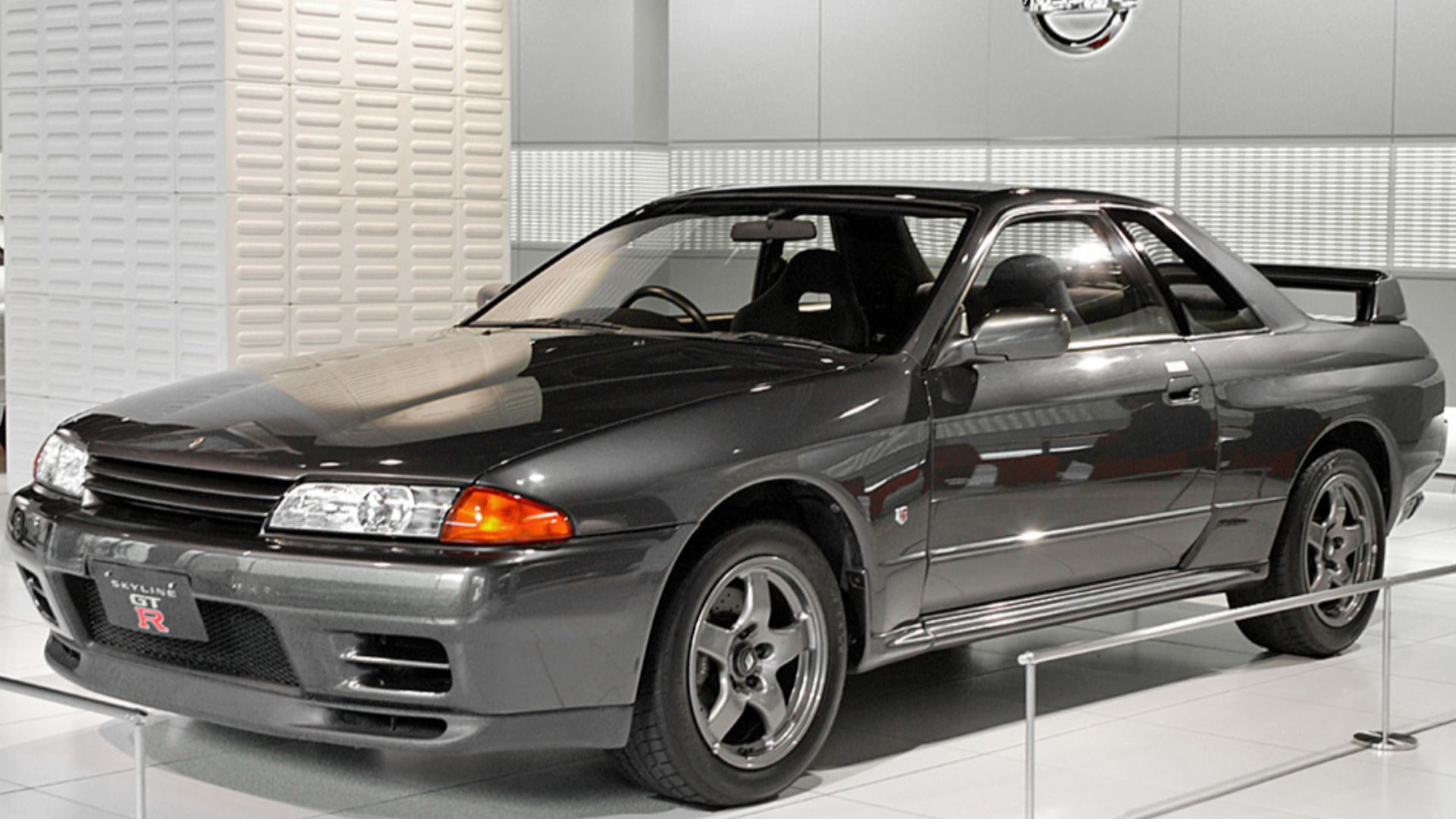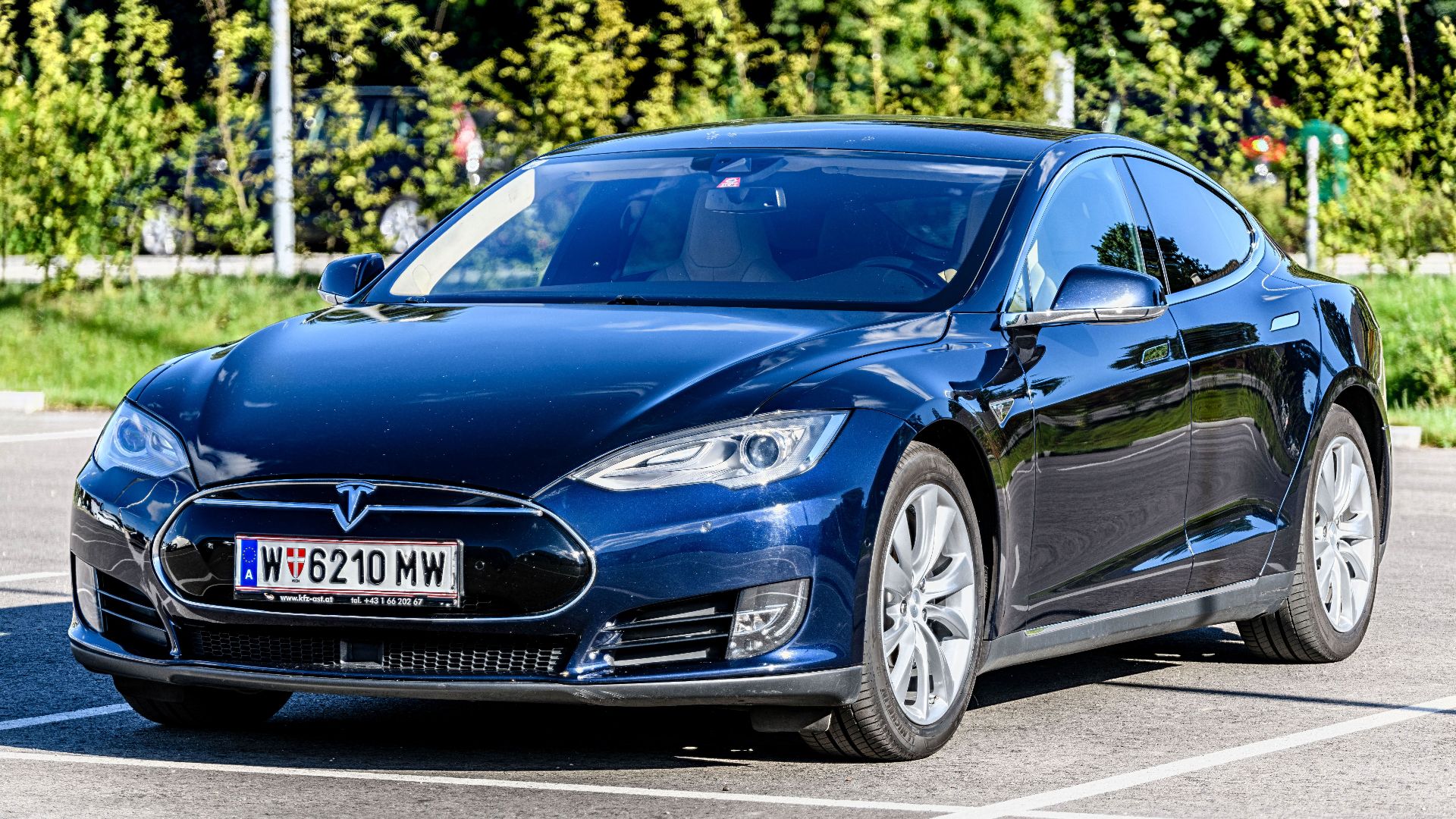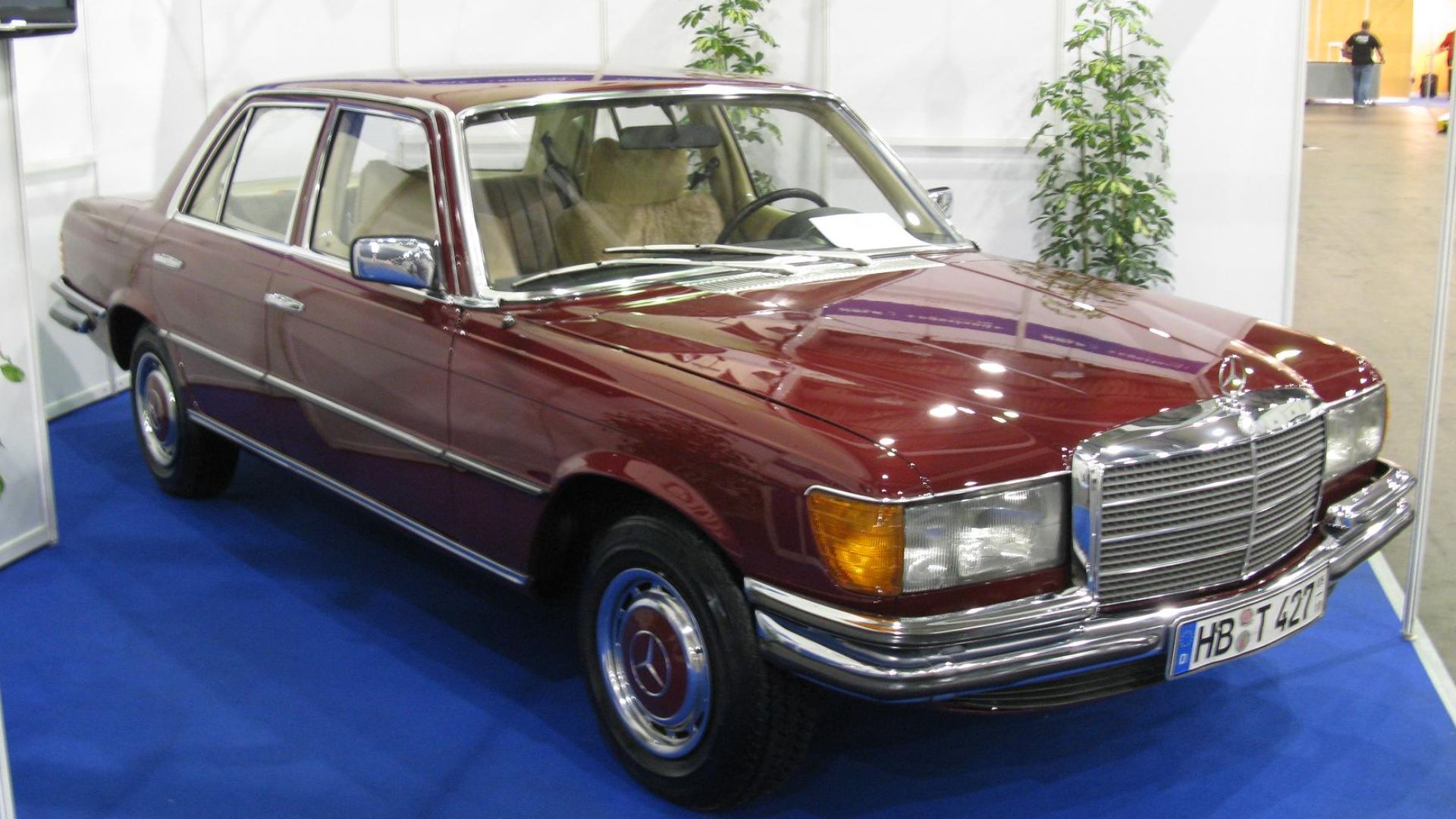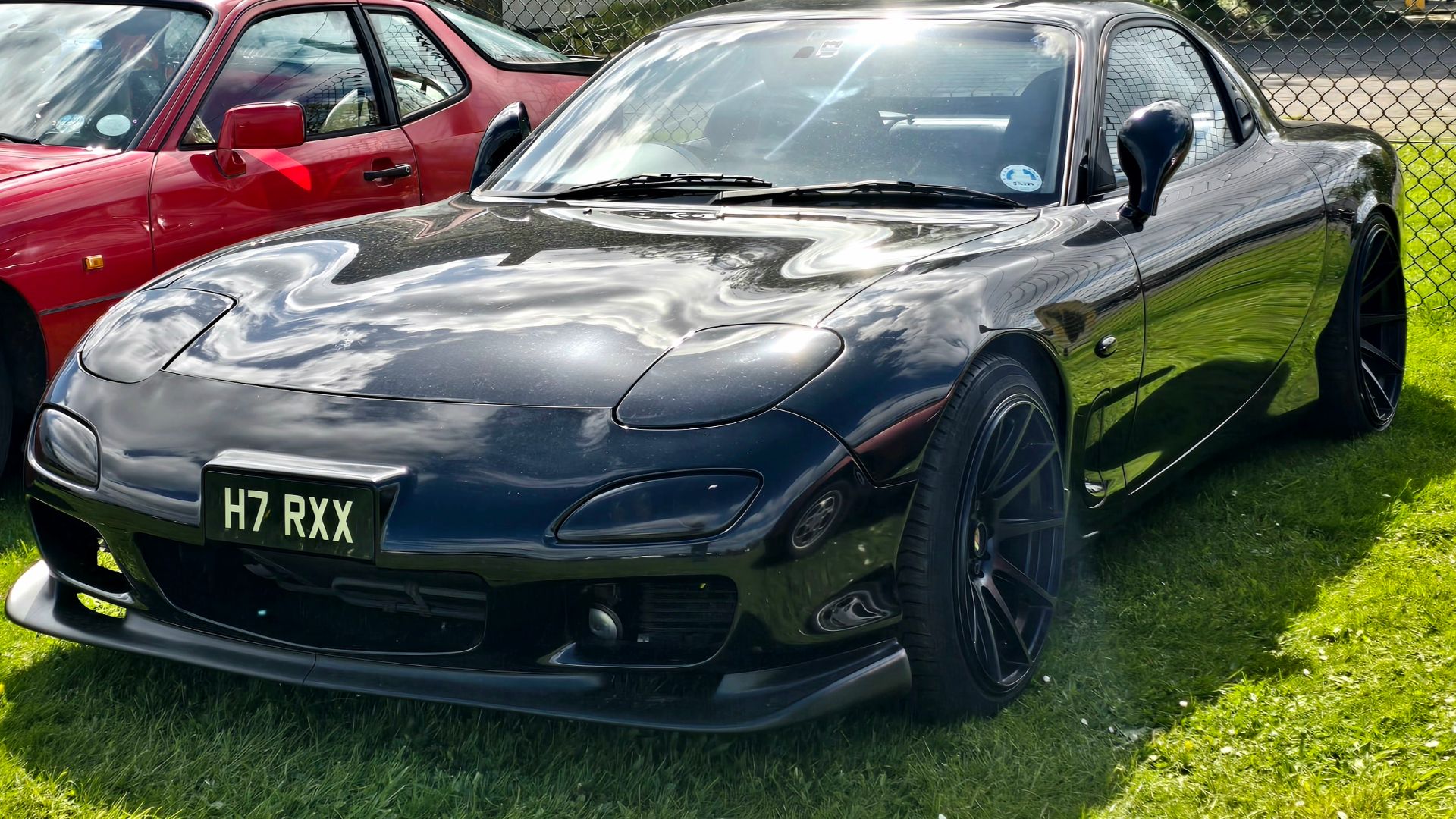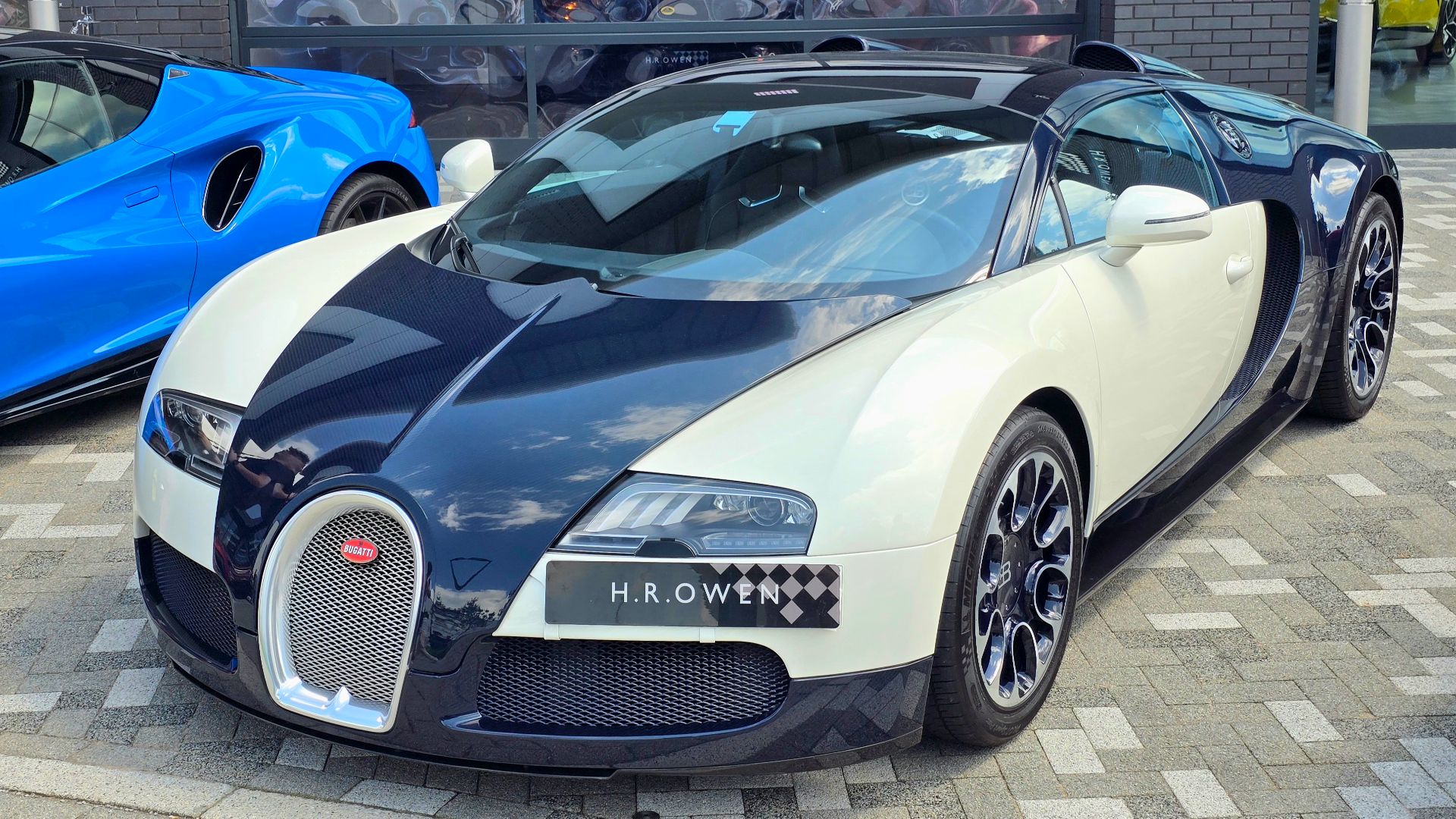Revolutionary Vehicles
Since the invention of automobiles, some special vehicles have changed the way the world moves forever. These cars each became turning points in culture, be it through mass production or global influence.
So, which ones did it best? Did you ever own one of these?

Ford Model T
Mass production met the automobile with the introduction of the Model T in 1908. Ford’s moving assembly line cut build time from over 12 hours to just 90 minutes. Affordable and easy to repair, it empowered millions of Americans and triggered a nationwide shift from horses to horsepower.
 Alexander-93, Wikimedia Commons
Alexander-93, Wikimedia Commons
Volkswagen Beetle
Few cars crossed cultural and geographic borders like the Beetle. Designed pre-WW2 but embraced postwar, it symbolized affordability and anti-establishment values. With over 21 million produced, its longevity and iconic shape helped it earn legendary status in both the global market and American pop culture.
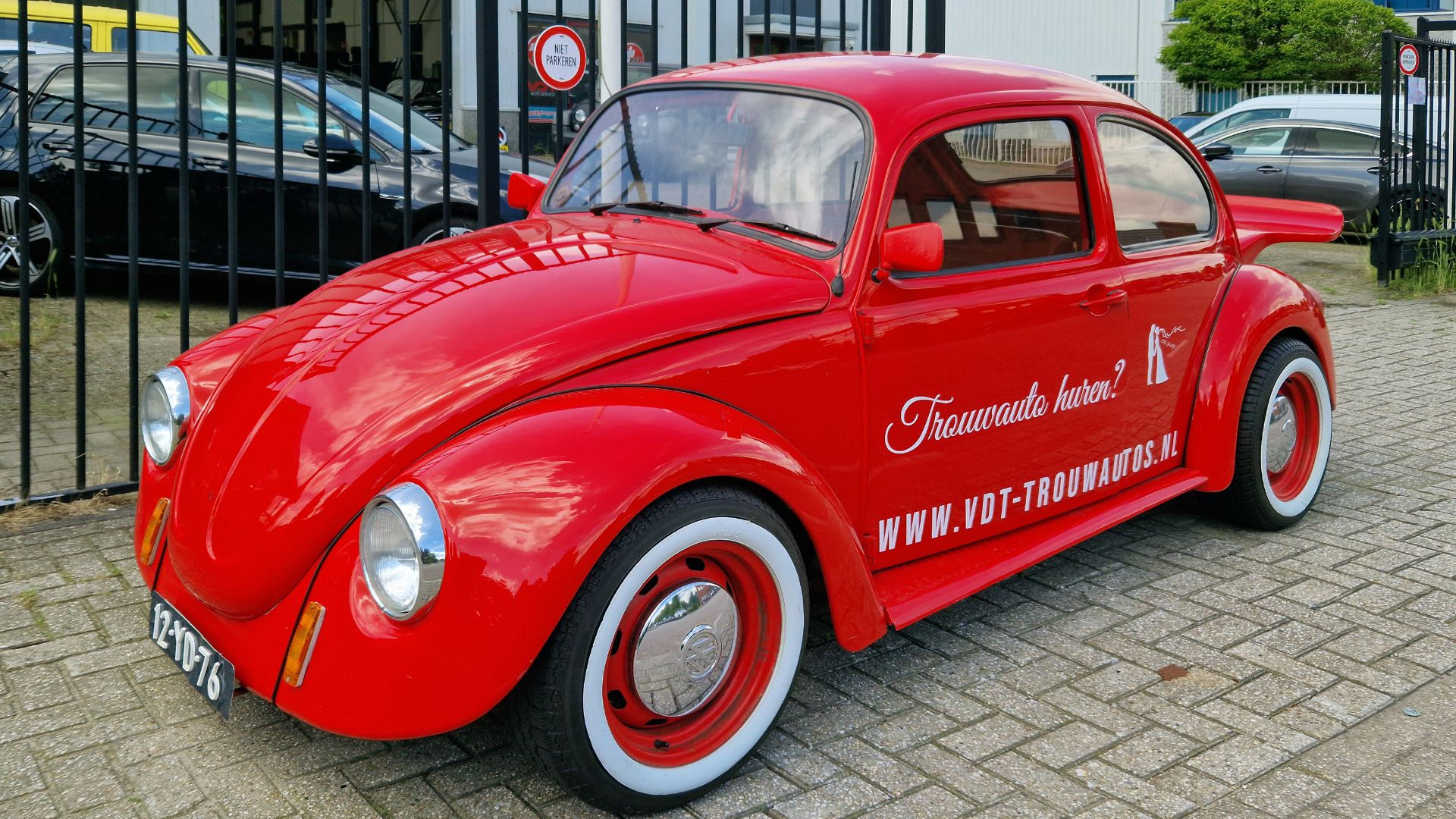 ReneeWrites, Wikimedia Commons
ReneeWrites, Wikimedia Commons
Austin Mini (Original)
Space-saving ingenuity defined the original Mini. Front-wheel drive and a sideways engine layout created a roomy interior in a tiny shell. Its affordability appealed to the masses, while its performance unexpectedly dominated European rally racing. This car proved that small could be mighty on both streets and starting grids.
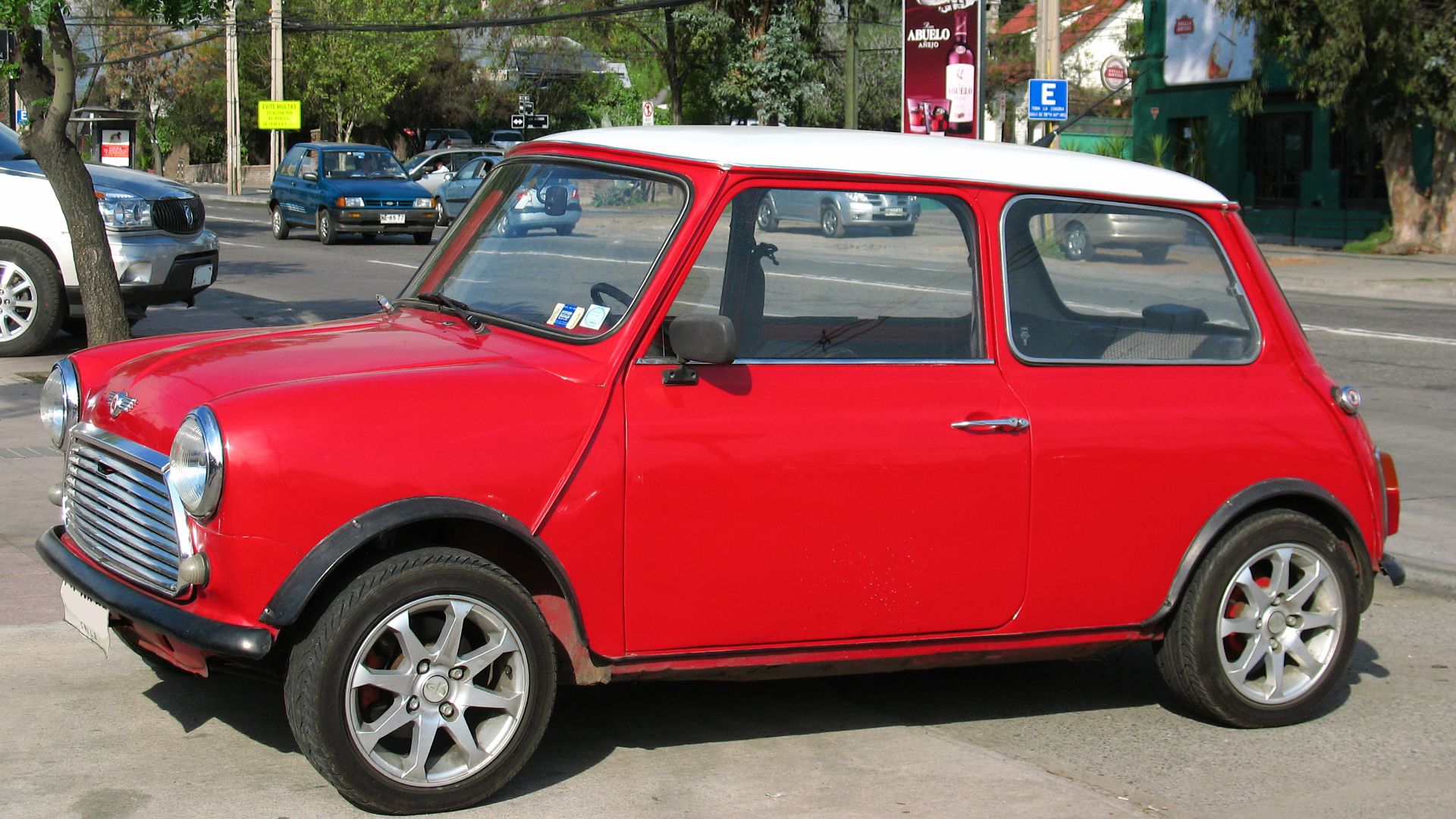 RL GNZLZ from Chile, Wikimedia Commons
RL GNZLZ from Chile, Wikimedia Commons
Citroen DS
Hydropneumatic suspension and disc brakes made the DS unlike anything before it. Its ride quality and futuristic design stunned drivers and engineers. Chosen by heads of state and admired by collectors, it pushed automotive boundaries in form and function for nearly two decades.
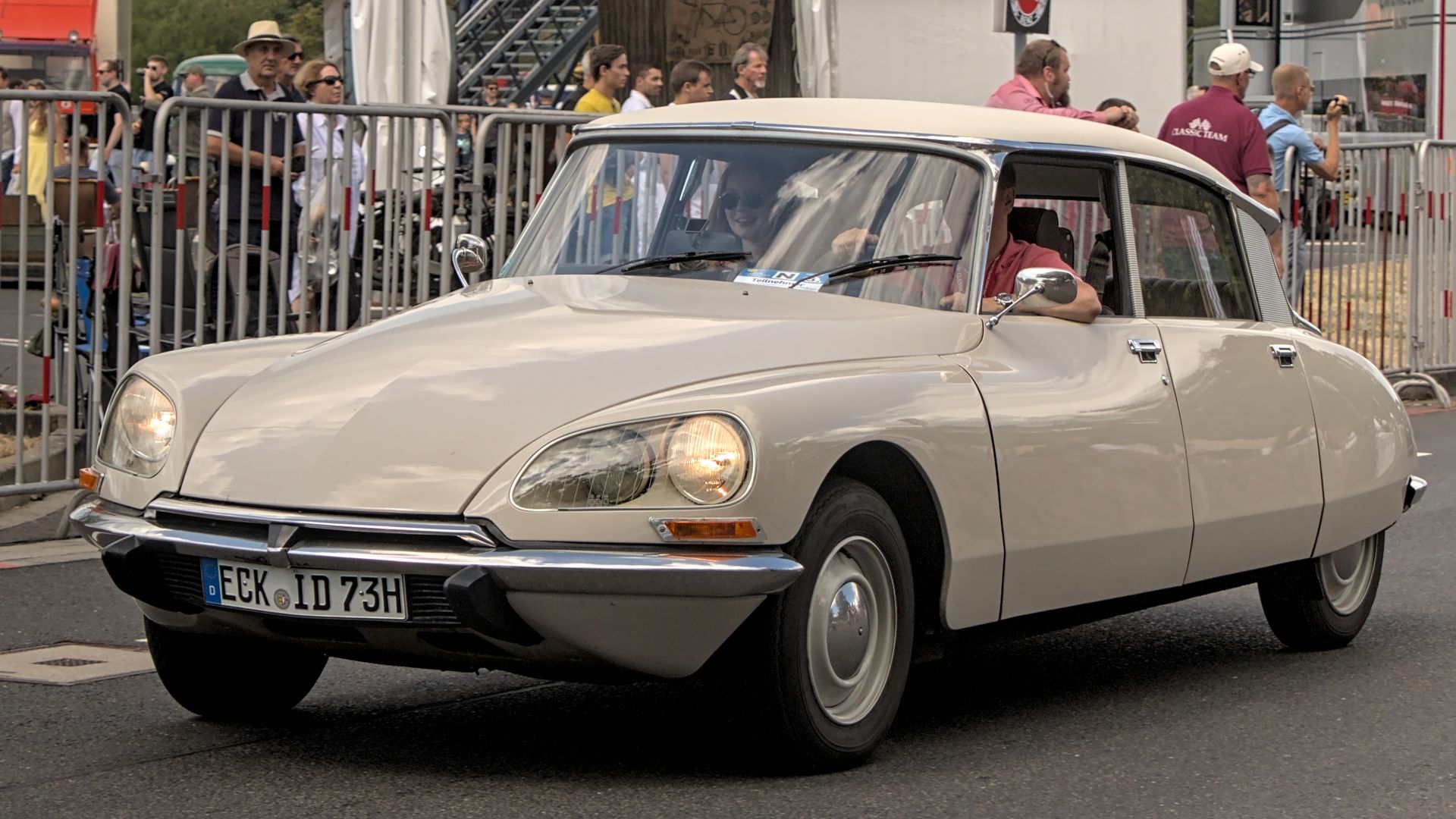 Alexander Migl, Wikimedia Commons
Alexander Migl, Wikimedia Commons
Toyota Corolla
Affordable and fuel-efficient, the Toyota Corolla became the go-to commuter car. First introduced in 1966, it emphasized dependability over flash. With over 50 million units sold, it’s the world’s best-selling nameplate. The Corolla is a symbol of what people actually want: practicality that never breaks down.
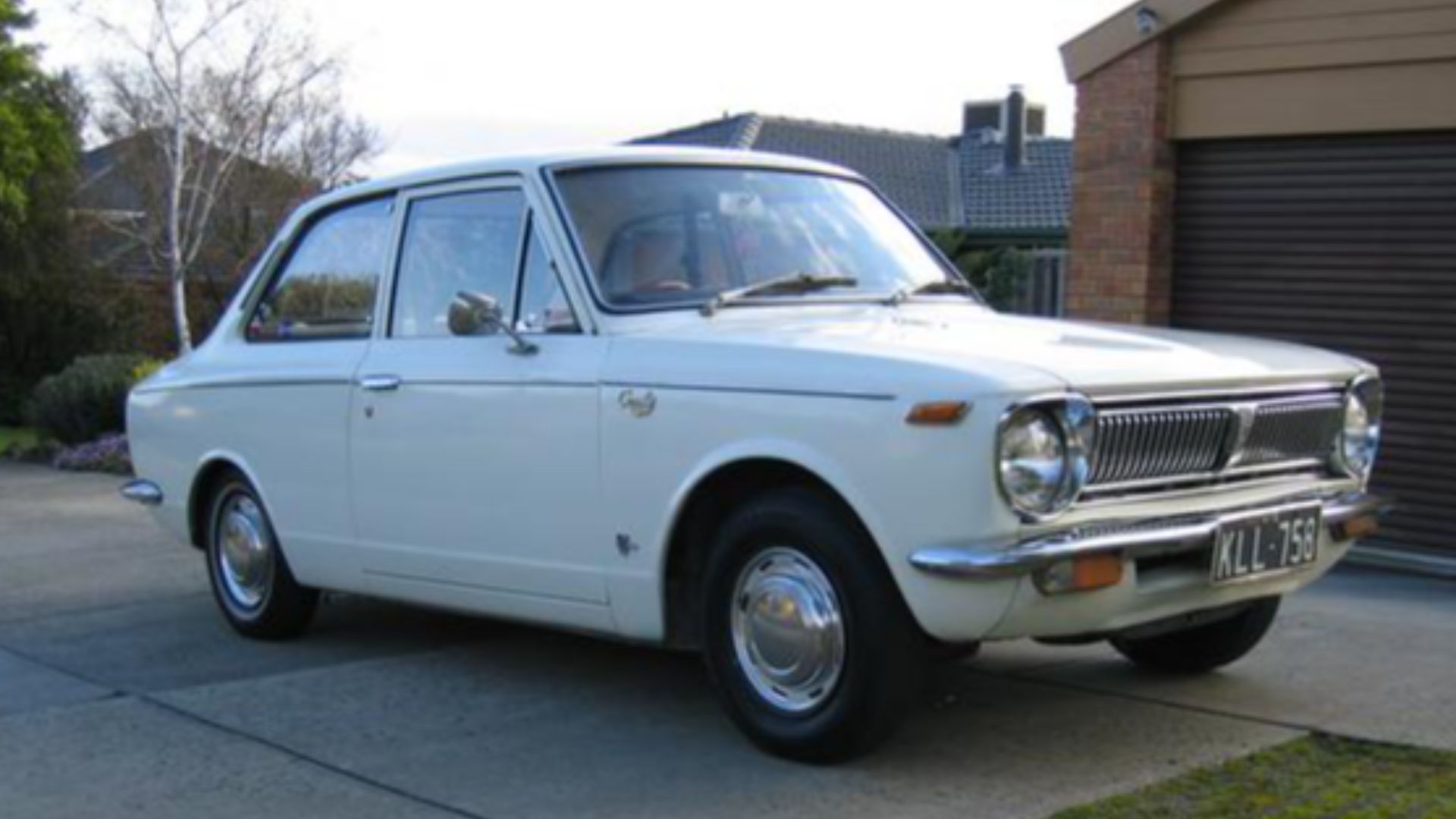 Realinho at English Wikipedia, Wikimedia Commons
Realinho at English Wikipedia, Wikimedia Commons
Chevrolet Bel Air
Tailfins and gleaming chrome with two-tone paint turned the Bel Air into a symbol of 1950s prosperity. It was widely attainable and stylish. With a powerful V8 and broad appeal, it helped define the family cruiser era and remains a centerpiece of classic American car culture.
Jeep Willys MB
Wartime necessity forged the Jeep Willys MB into a legend. Built for WW2, its four-wheel-drive capability and rugged design became the gold standard for utility vehicles. It later inspired civilian Jeeps and helped launch an entire off-road segment that still reflects its original DNA nearly 80 years later.
Mercedes-Benz 300SL Gullwing
Gullwing doors made it famous, but the 300SL's true brilliance lay beneath. This was the world’s first production car with direct fuel injection. Lightweight and fast, it fused performance with elegance and raised expectations for what a luxury sports car could achieve.
Ford GT40
Ferrari’s reign at Le Mans ended when Ford built the GT40. From 1966 to 1969, it dominated endurance racing, winning four consecutive times. Its aerodynamic design and mid-mounted V8 powered its origin story, as it was born from rivalry. This backstory cemented it as one of the most important racing machines ever created.
Porsche 356
Porsche’s rise began with the lightweight, rear-engine 356. Debuting in 1948, it was nimble and surprisingly quick. It built the brand’s racing reputation and laid the groundwork for the 911. Enthusiasts still praise its balance and mechanical harmony—qualities that defined the Porsche identity.
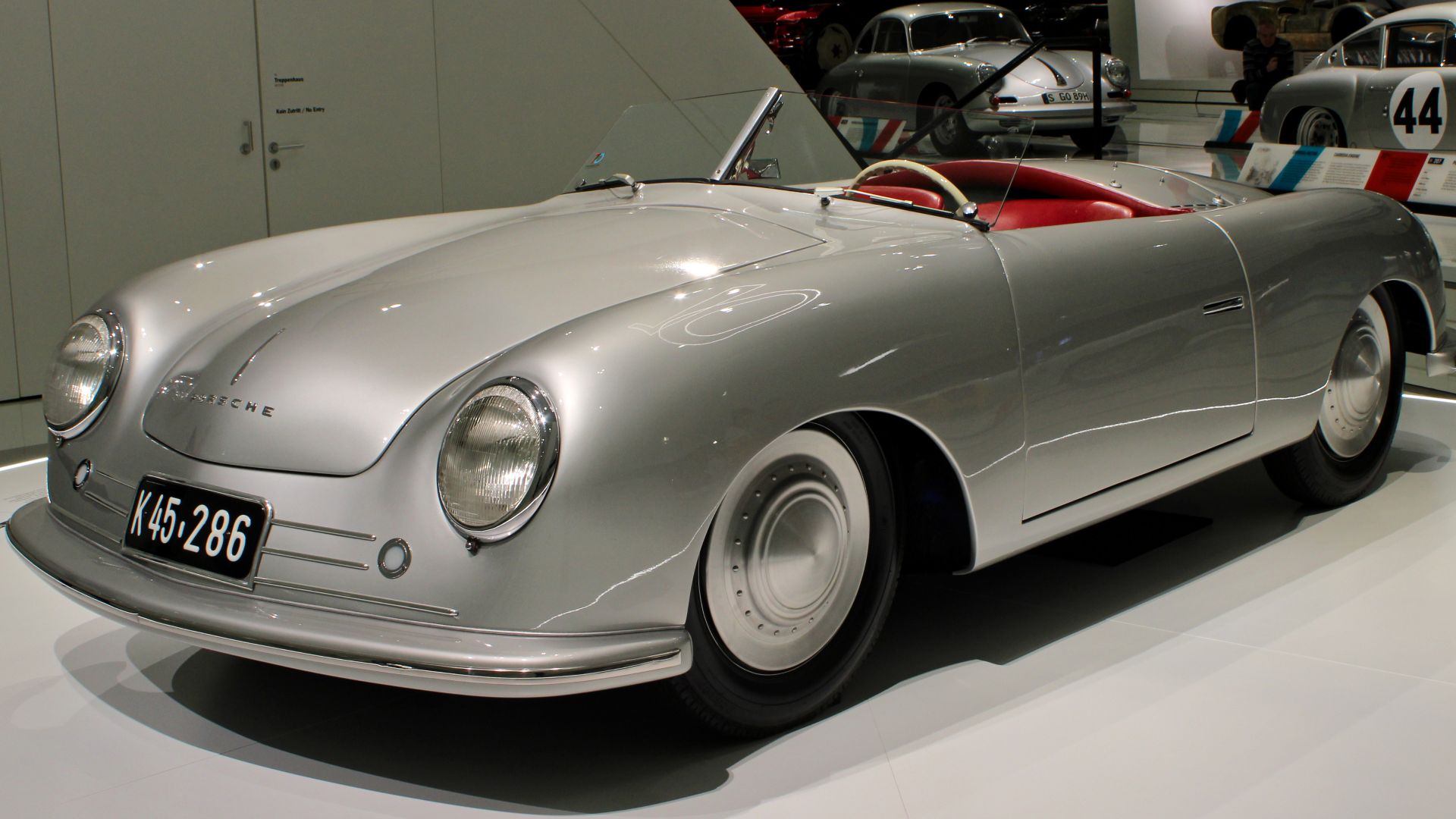 Alexander Migl, Wikimedia Commons
Alexander Migl, Wikimedia Commons
Land Rover Series I
British farms and other rugged terrain across the globe relied on the Land Rover Series I. Introduced in 1948, it delivered unmatched off-road capability and basic durability. Built with aluminum due to postwar steel shortages, its utilitarian charm evolved into a beloved icon of go-anywhere reliability.
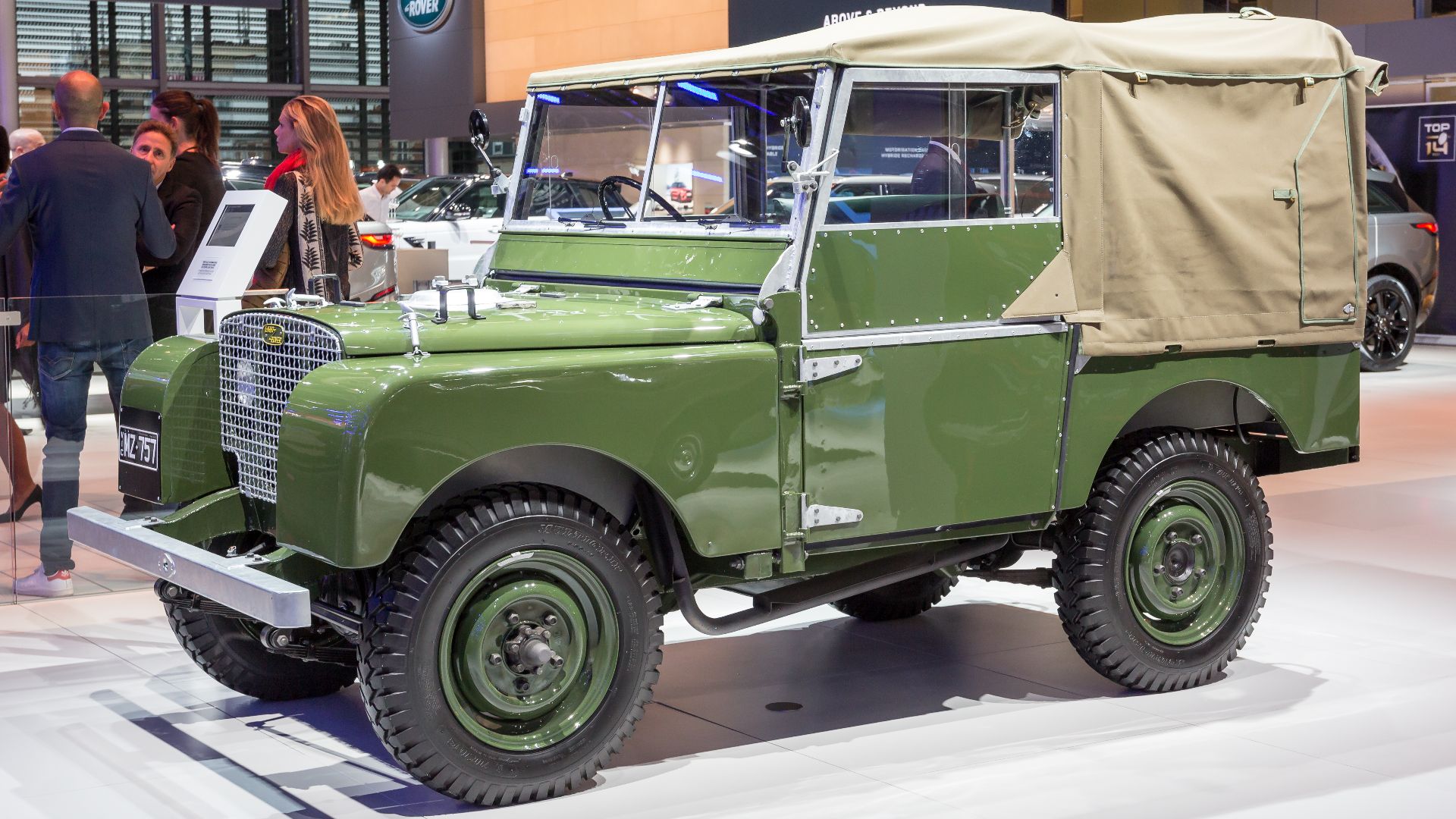 Matti Blume, Wikimedia Commons
Matti Blume, Wikimedia Commons
Cadillac Eldorado (1950s)
Luxury reached dramatic new heights with the Cadillac Eldorado. In the 1950s, its massive tailfins and bold styling became a symbol of American automotive excess. It defined prestige in the era of chrome and power, improving Cadillac’s status worldwide.
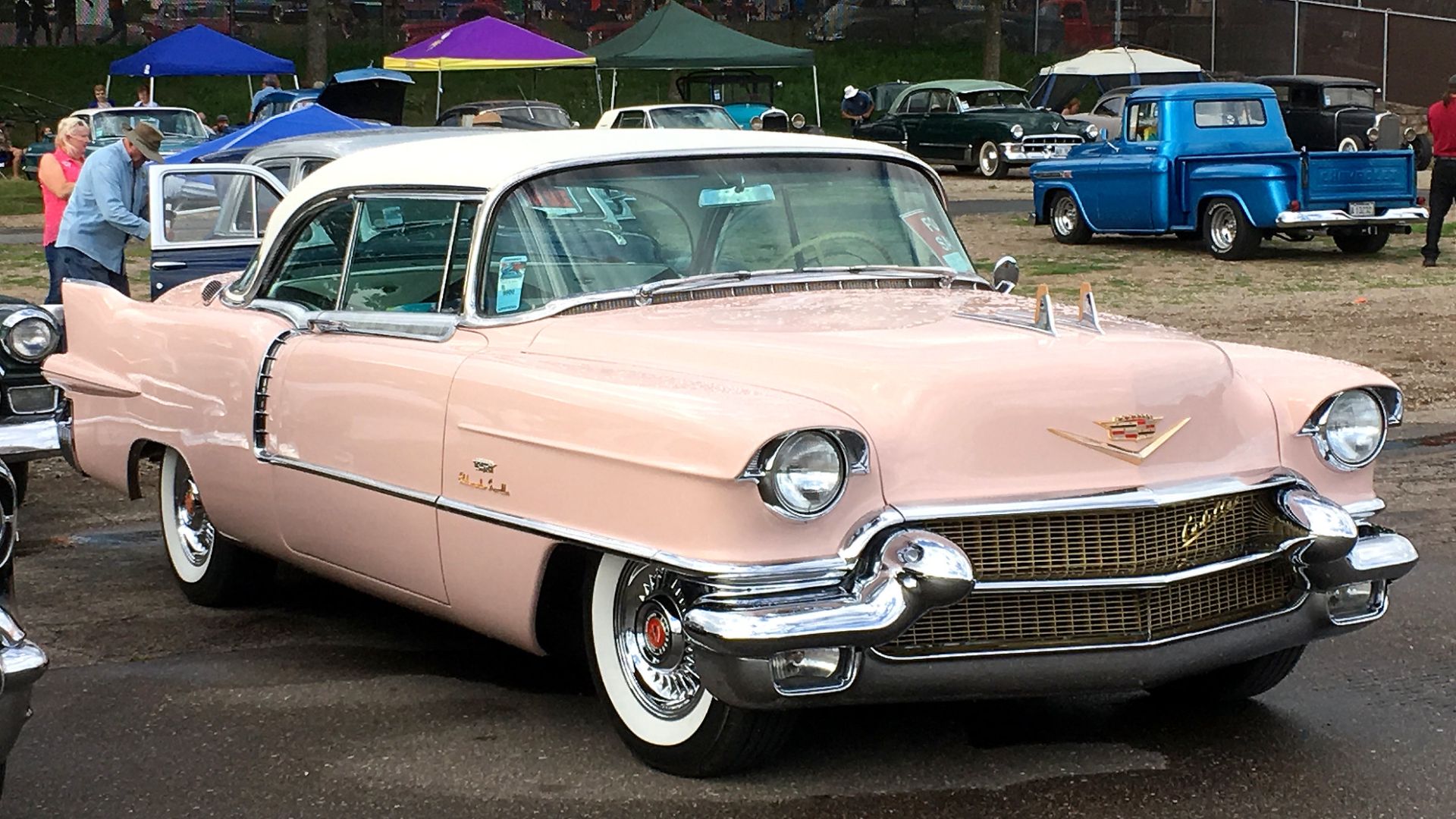 Greg Gjerdingen, Wikimedia Commons
Greg Gjerdingen, Wikimedia Commons
Honda Civic
Fuel crises and shrinking garages made the Civic an American favorite. Launched in 1972, it was compact and helped rebrand Japanese cars as long-lasting and sensible. The Civic quietly changed US streets while setting a high bar for economy cars everywhere.
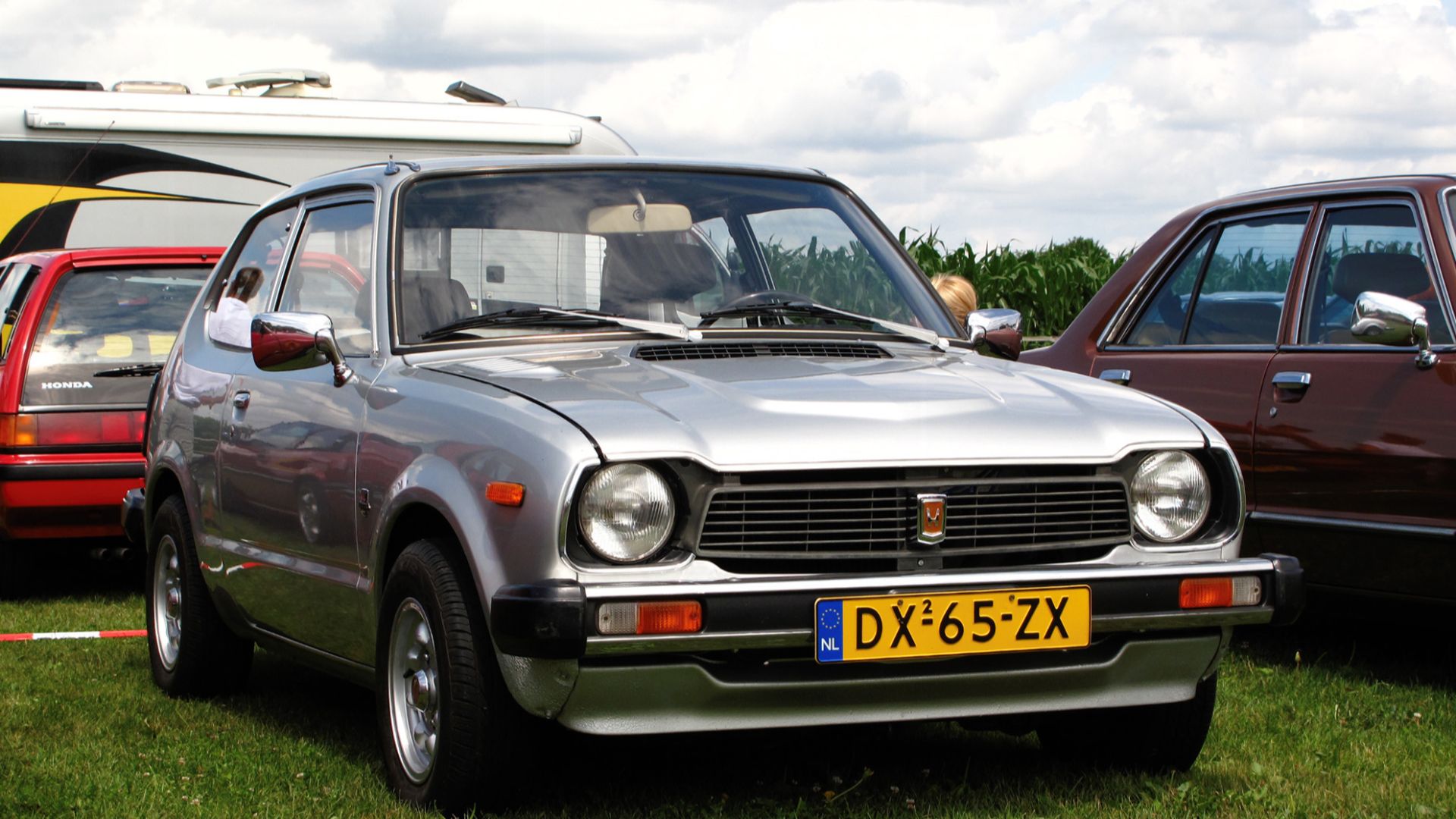 Rutger van der Maar, Wikimedia Commons
Rutger van der Maar, Wikimedia Commons
Ford F-Series
Trucks became everyday vehicles thanks to the Ford F-Series. It evolved from a workhorse into America’s best-selling vehicle for decades. With versatile configurations and towing strengths, it redefined what a pickup could be. This truck combined utility with family-friendly comfort and consistent innovation.
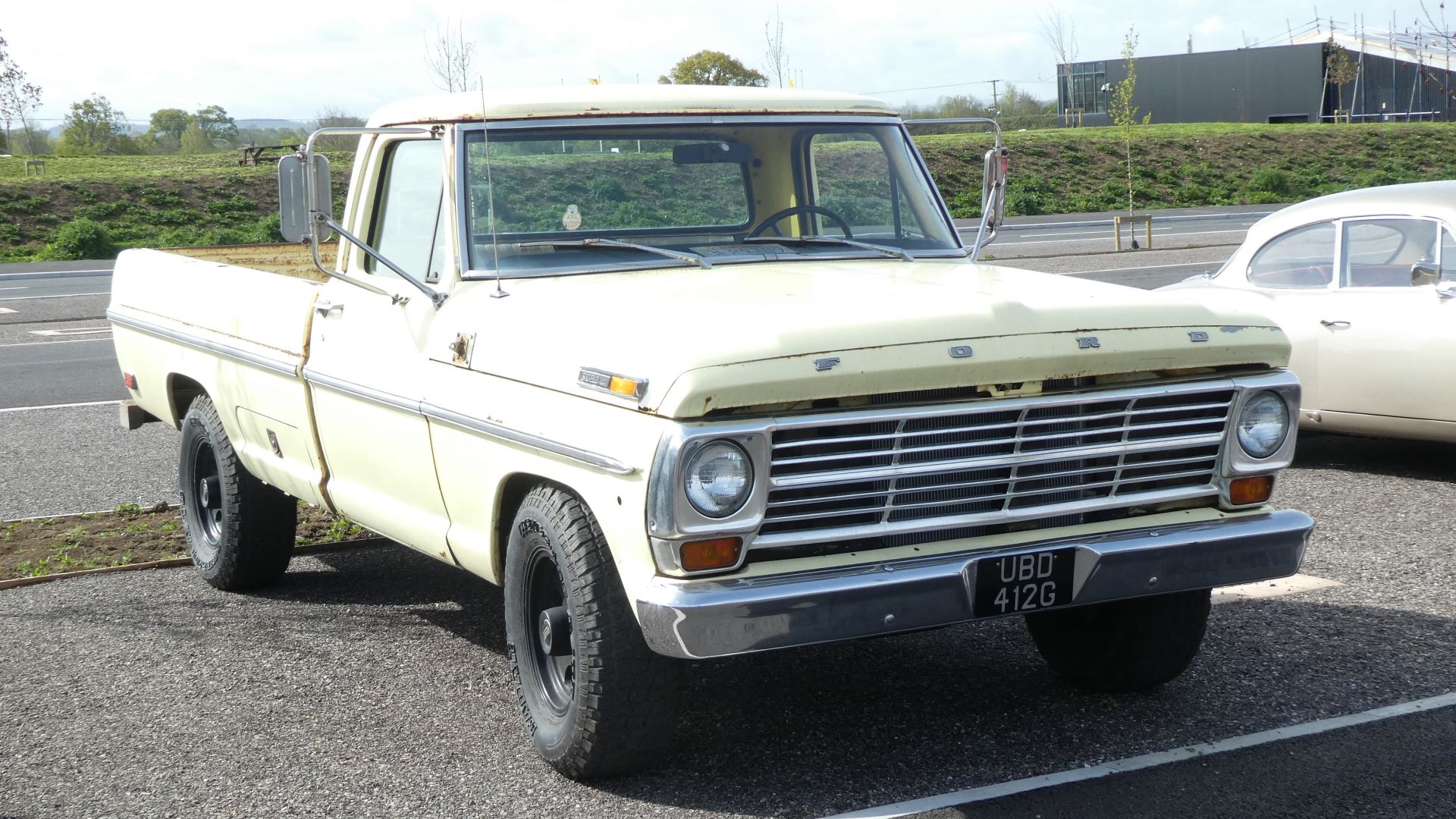 Andrew Bone from Weymouth, England, Wikimedia Commons
Andrew Bone from Weymouth, England, Wikimedia Commons
Volkswagen Golf Mk1
Compact cars found a new formula in the Golf Mk1. It built on the Beetle’s legacy with front-wheel drive and a hatchback layout, although the Beetle maintained its popularity. This car was efficient and fun to drive. It became the blueprint for modern compacts and kickstarted the beloved GTI performance subgenre.
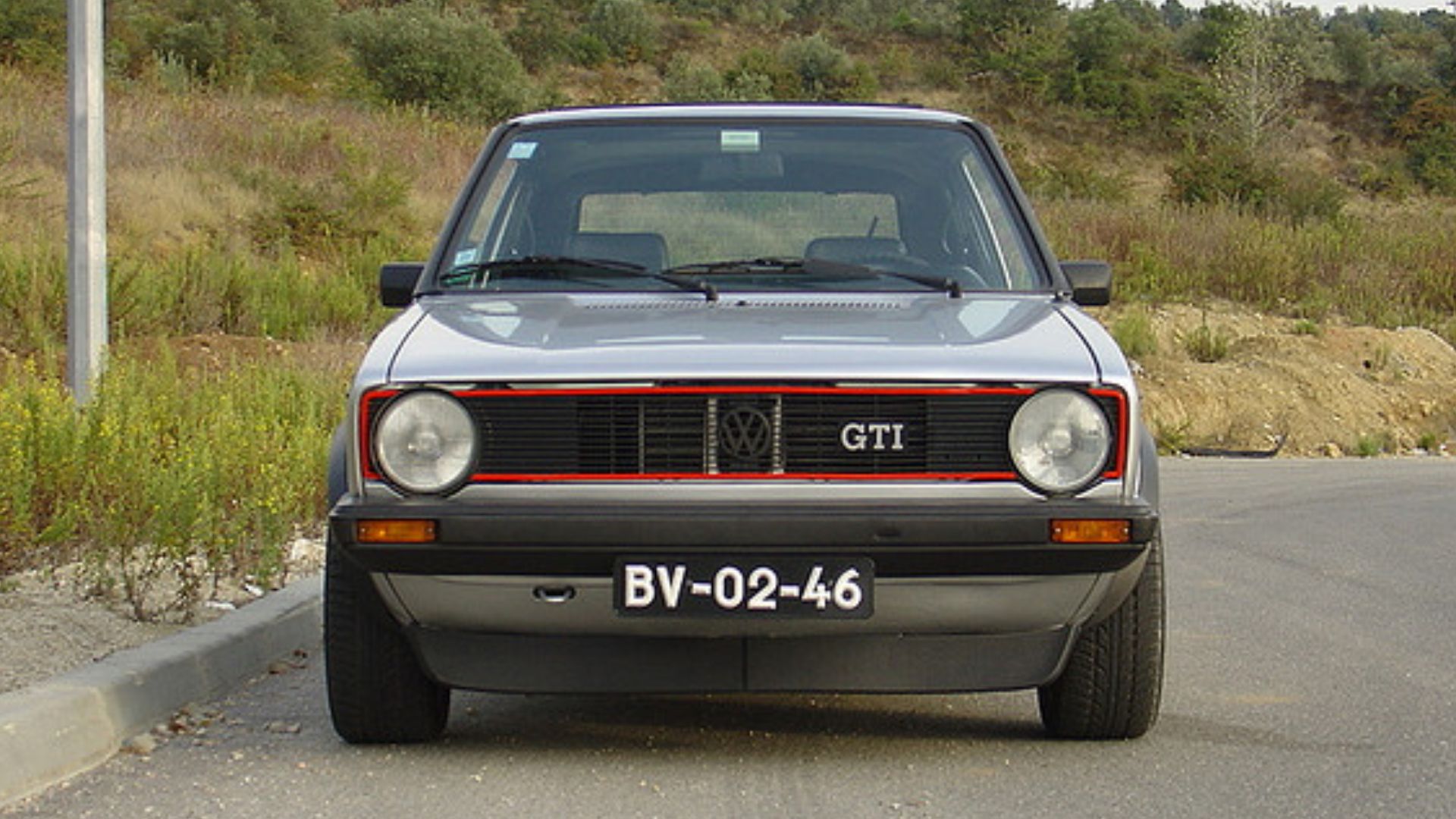 https://www.flickr.com/photos/mk1archive/, Wikimedia Commons
https://www.flickr.com/photos/mk1archive/, Wikimedia Commons
Renault 5
France’s answer to urban chaos came in the form of the Renault 5. Introduced in 1972, it offered front-wheel drive and affordability wrapped in quirky style. Its success across Europe helped make hatchbacks mainstream and influenced how small cars were built and marketed globally.
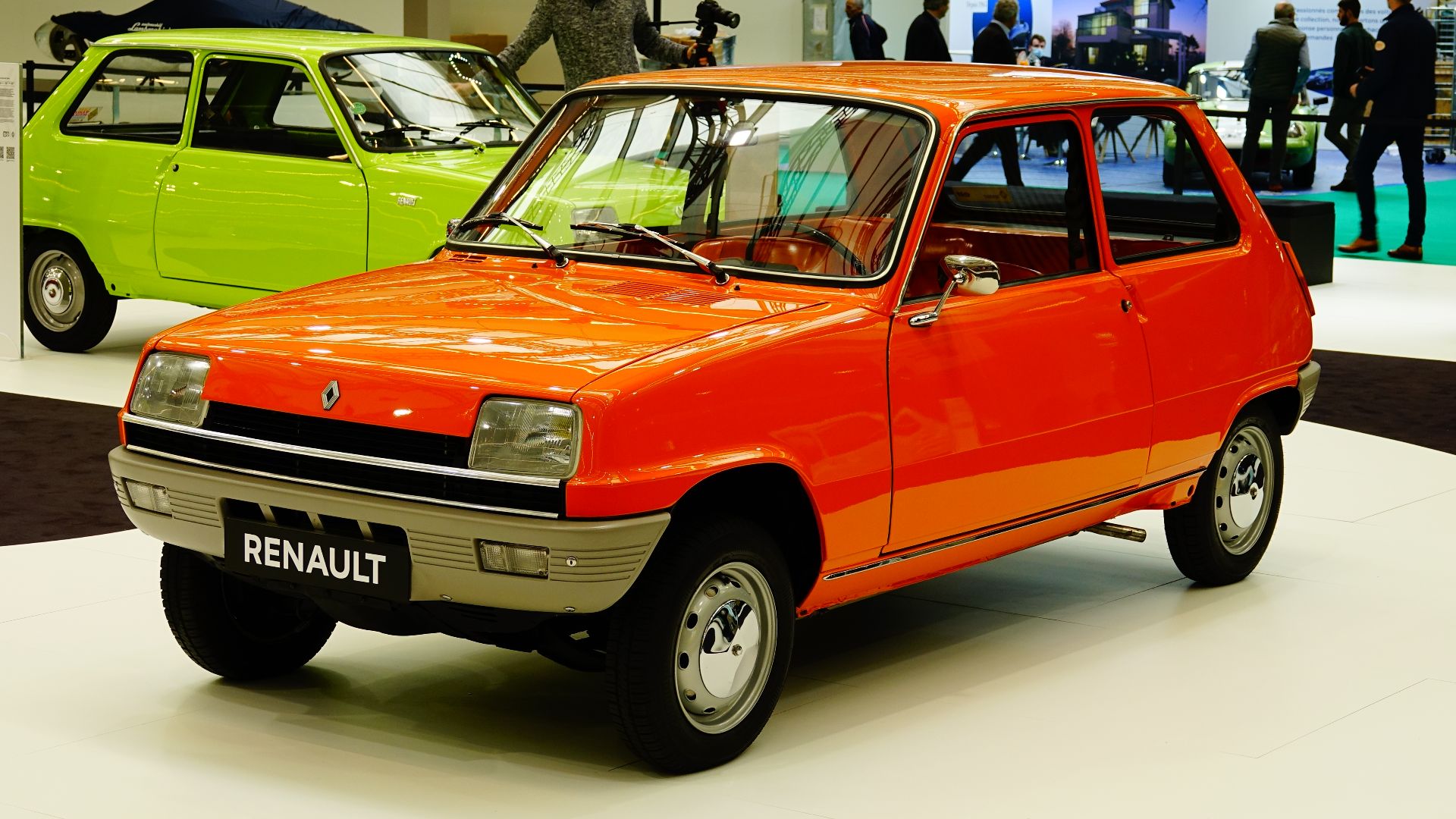 Y.Leclercq©, Wikimedia Commons
Y.Leclercq©, Wikimedia Commons
Chevrolet Impala (1960s)
Middle-class America found its cruiser in the Chevrolet Impala. With a roomy interior and V8s, the 1960s models balanced value with aspiration. It broke sales records with over one million sold in 1965 alone. This cemented the Impala’s role as a cultural and commercial touchstone of the era.
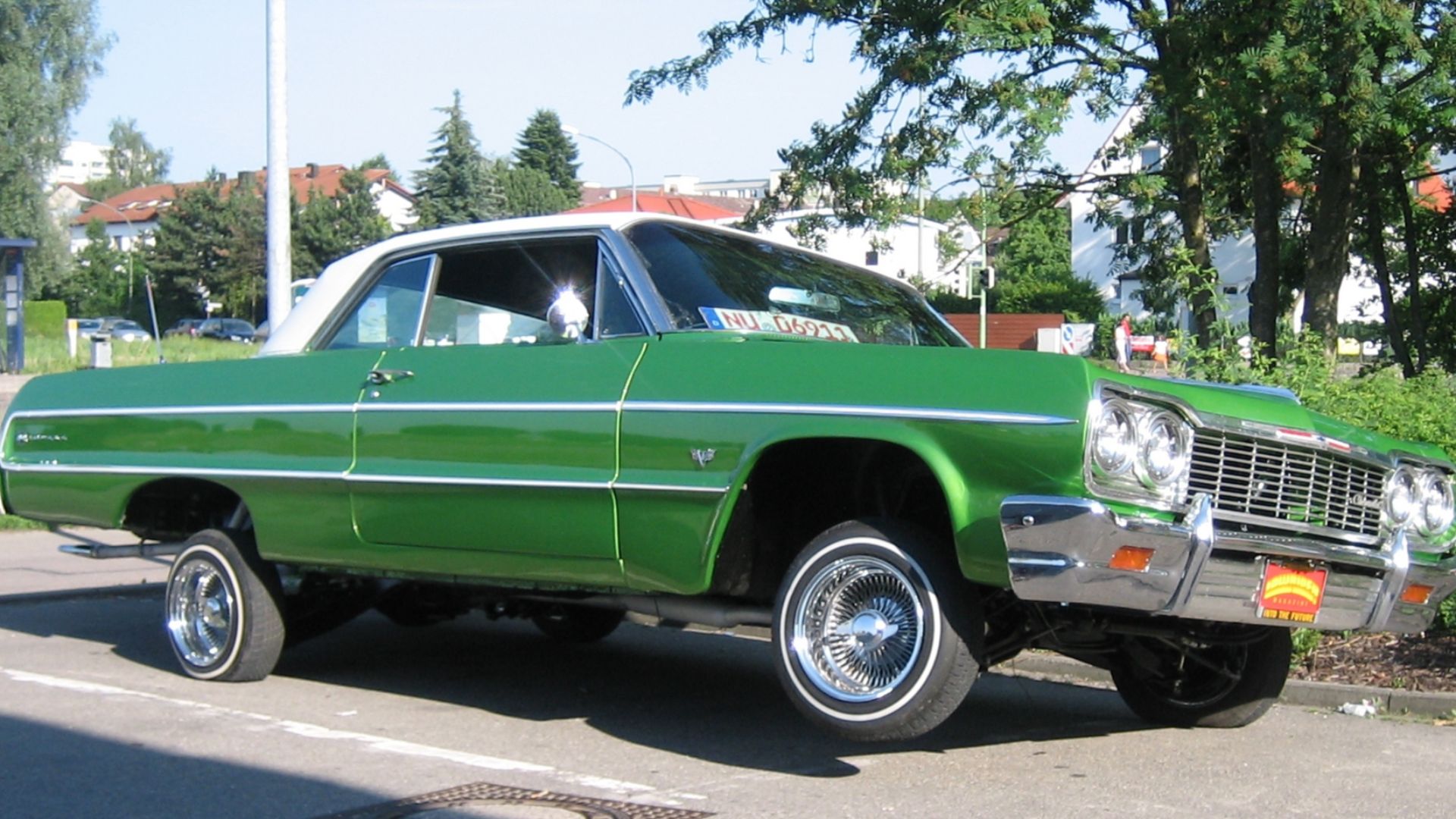 Christian Pogea, Wikimedia Commons
Christian Pogea, Wikimedia Commons
Datsun 240Z
Japan earned respect in the sports car world with the Datsun 240Z. Produced in 1969, it blended European-style looks with Japanese reliability and affordability. Its performance and handling impressed critics and drivers by creating a strong foundation for Nissan’s global reputation in the enthusiast market.
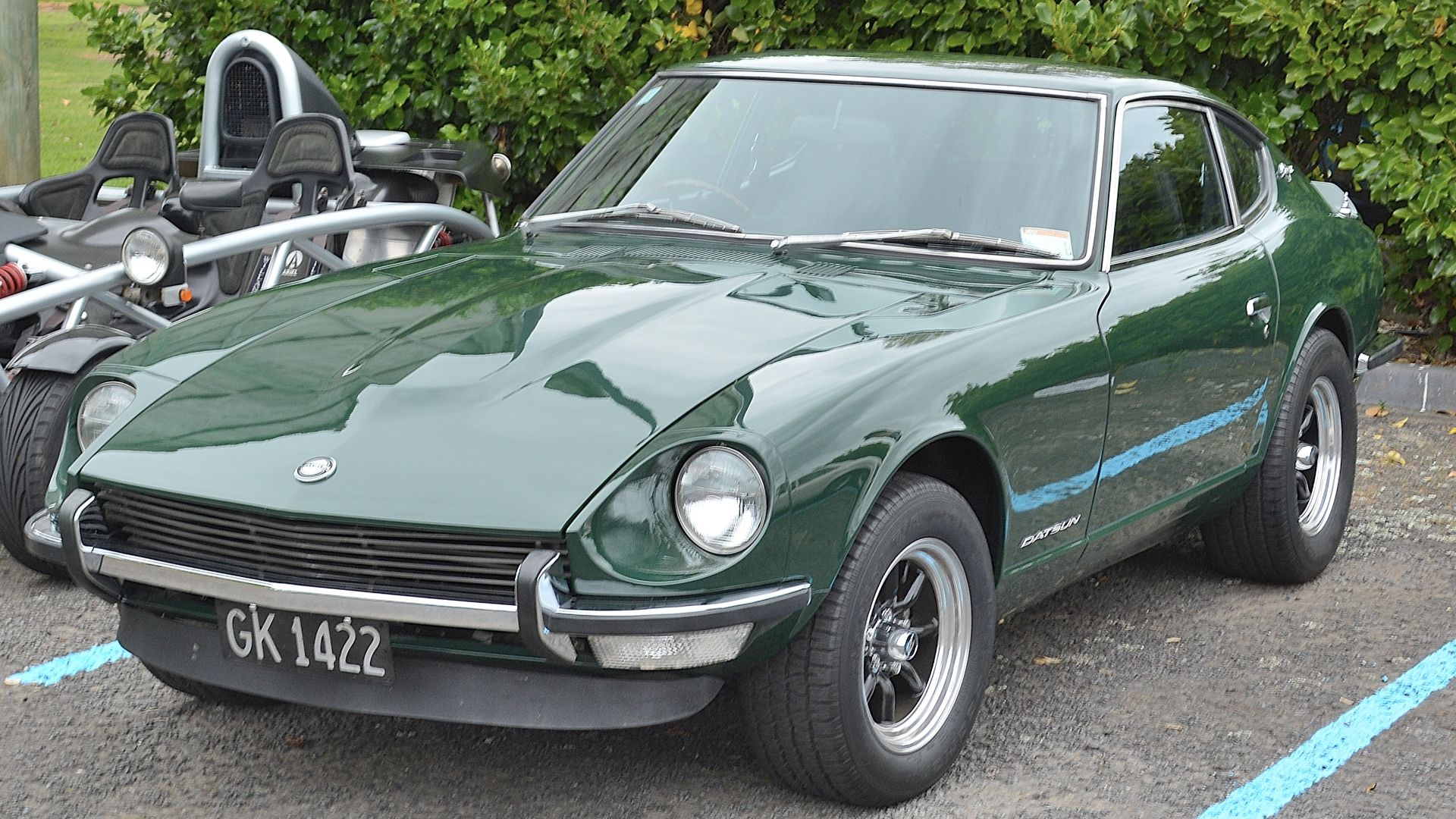 GPS 56 from New Zealand, Wikimedia Commons
GPS 56 from New Zealand, Wikimedia Commons
Honda Accord
Debuting in 1976, the Honda Accord grew from a modest hatchback into a best-selling mid-size sedan. Its build quality and fuel economy earned trust nationwide, while domestic production in Ohio helped solidify Honda’s presence as a major US manufacturer.
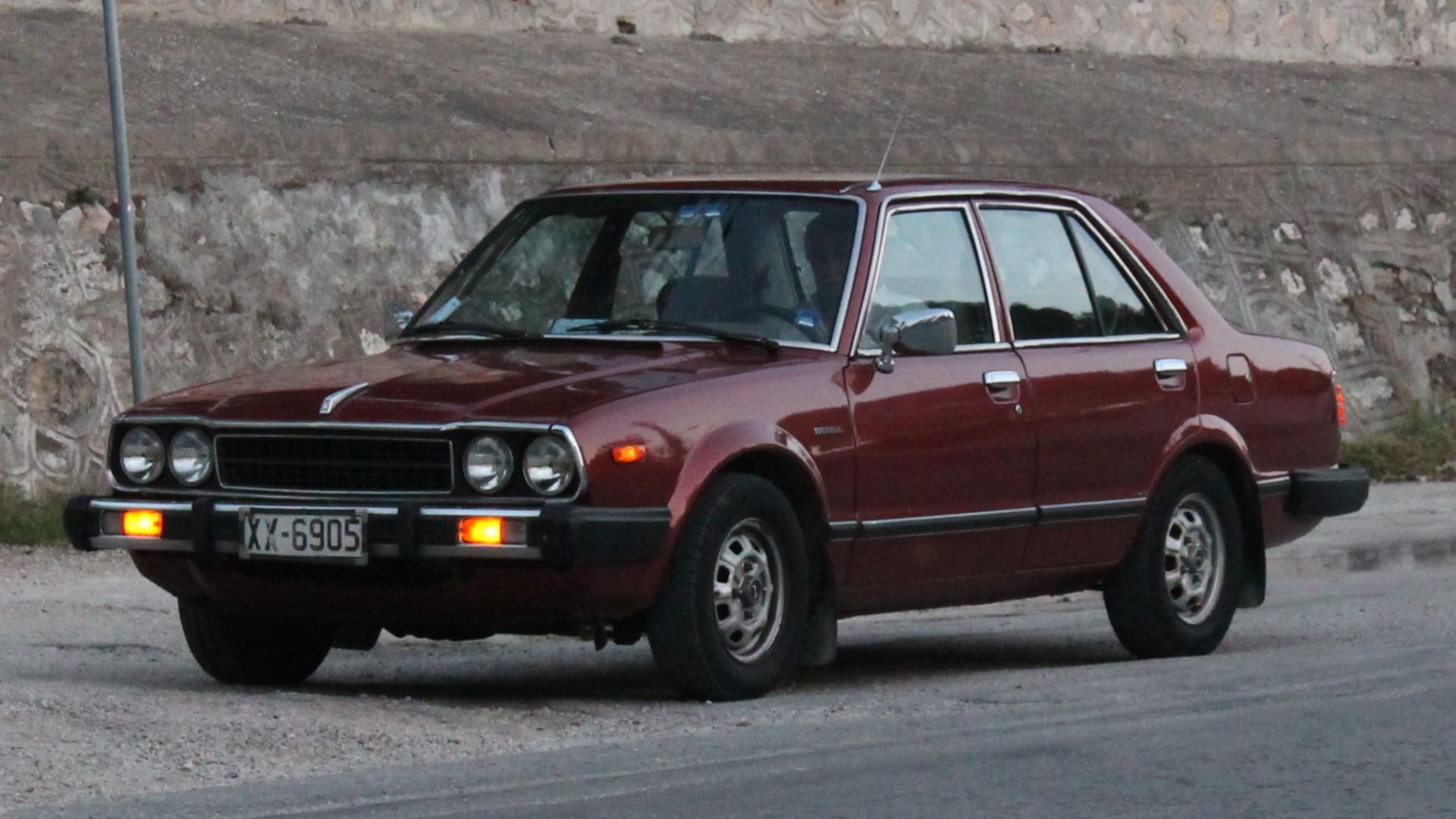 Charlie from United Kingdom, Wikimedia Commons
Charlie from United Kingdom, Wikimedia Commons
Subaru Outback
Rugged without being oversized, the Subaru Outback carved out its own niche. Introduced in 1994, it combined car-like handling with SUV ground clearance and all-wheel drive. The Outback was marketed as a lifestyle vehicle and resonated with outdoor enthusiasts and suburban families, boosting Subaru’s American foothold dramatically.
GM EV1
Although it was released in limited numbers, electric mobility got an early push with the GM EV1. This car offered a glimpse into a post-gasoline future. Despite its eventual recall and destruction, it influenced public discourse and industry direction toward electrification long before EVs became viable.
Fiat 500 (Original)
Postwar Italy needed an economical city car, and the Fiat 500 didn't disappoint. It was minimalist but practical, with a rear-mounted engine and tiny footprint perfect for narrow European streets. Its affordability and charm made it a national icon and a global symbol of functional design.
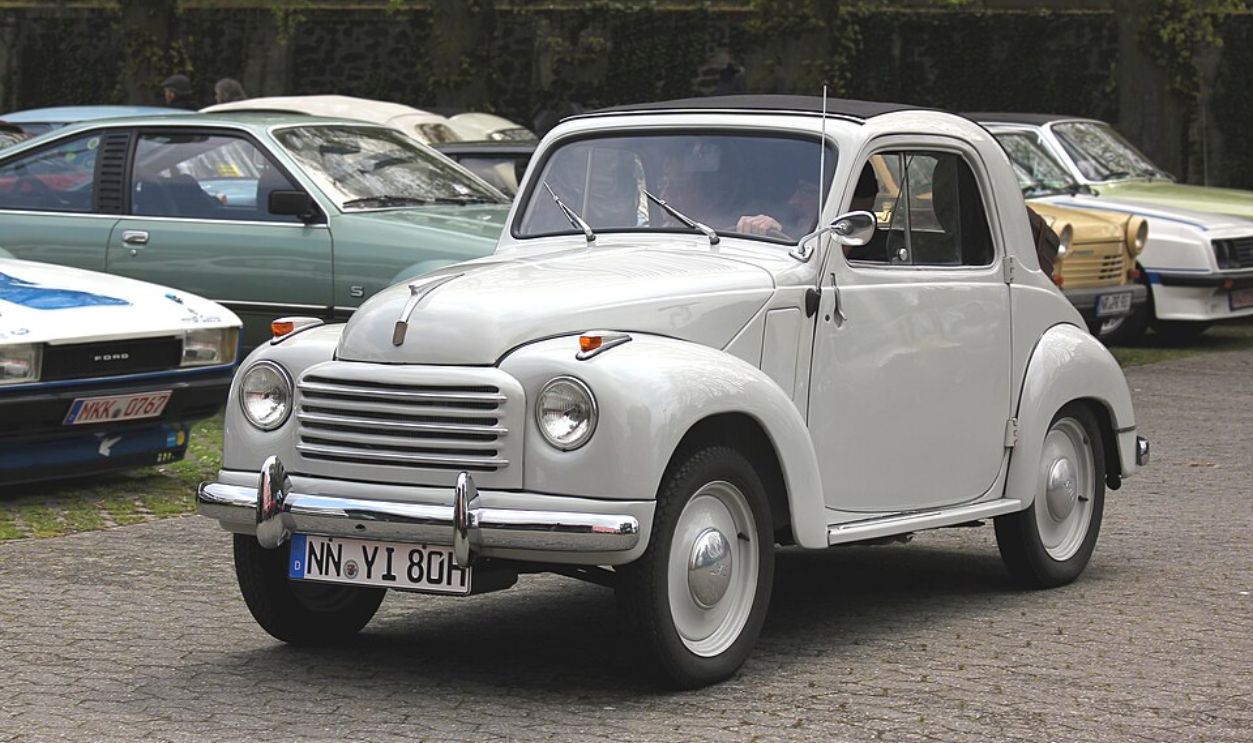 Lothar Spurzem, Wikimedia Commons
Lothar Spurzem, Wikimedia Commons
Porsche 911
Racing success defined the Porsche 911 with a rear-engine layout. Since its launch in 1964, it has evolved without losing its core identity. The 911’s performance pedigree includes Le Mans and rally wins, while decades of continuous development made it a gold standard for balancing everyday usability with world-class driving dynamics.
Chevrolet Corvette (C1–C8)
America’s longest-running sports car began as a fiberglass-bodied cruiser in 1953 and transformed into a mid-engine powerhouse by 2020. Each Corvette generation pushed performance and design forward. From the Sting Ray to the Z06, it earned global respect as an accessible yet high-performance automotive icon.
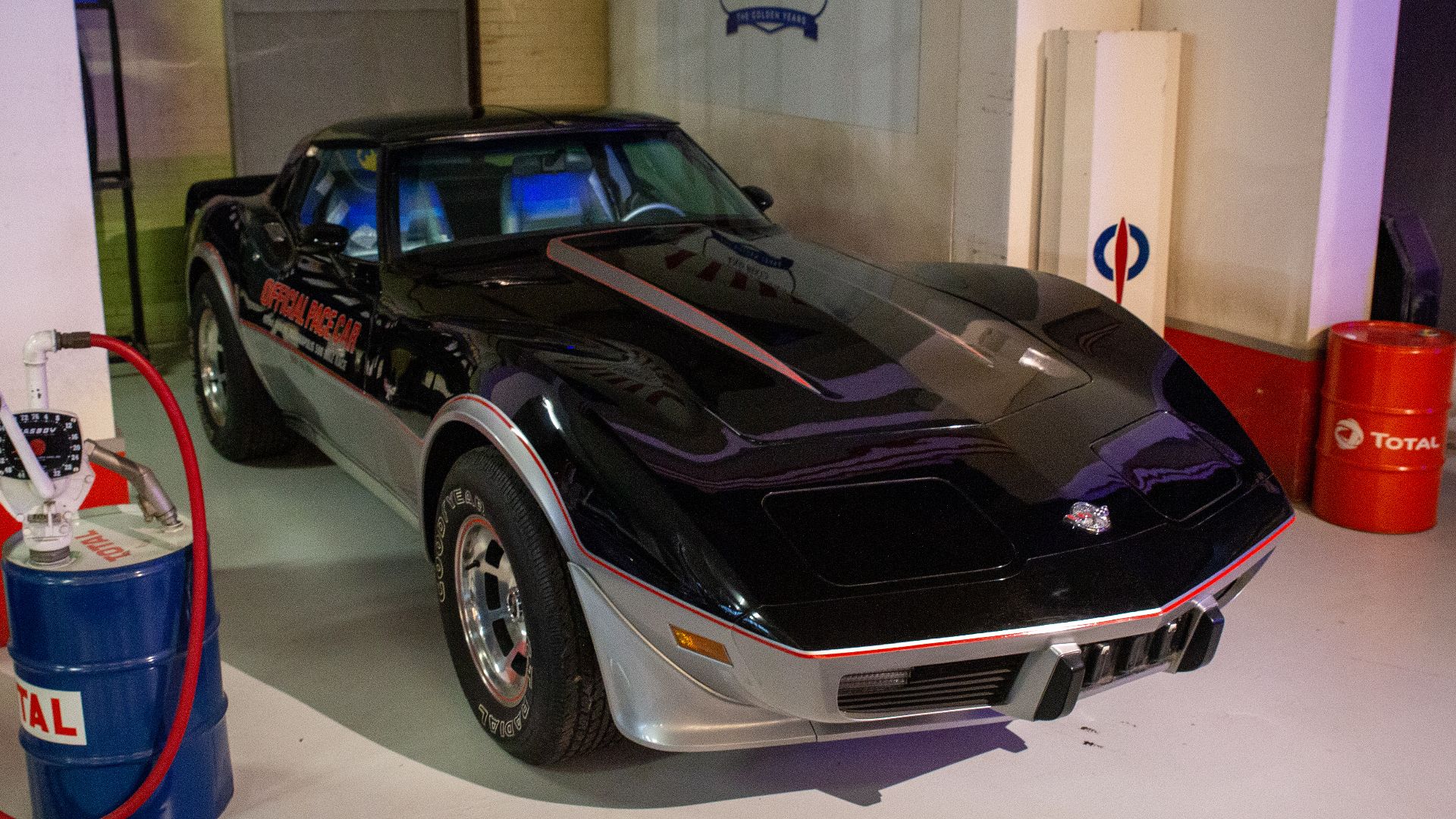 Clemens Vasters from Viersen, Germany, Germany, Wikimedia Commons
Clemens Vasters from Viersen, Germany, Germany, Wikimedia Commons
Lamborghini Miura
Style met speed in the revolutionary Miura. It was the first production supercar to popularize a mid-engine layout in 1966, which is now standard in supercars. Its sleek silhouette and powerful V12 redefined what a road-going performance car could aspire to be.
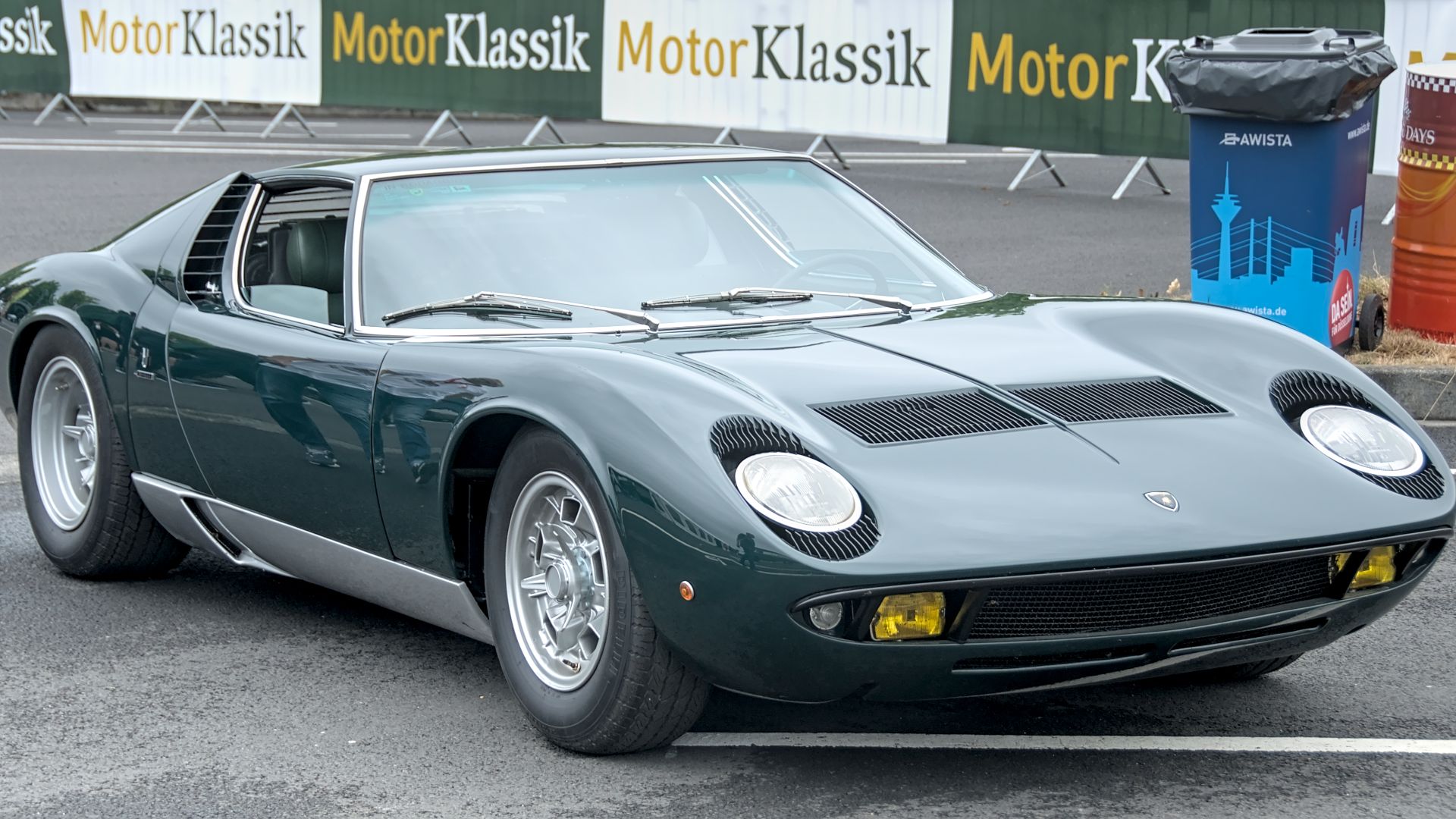 Alexander Migl, Wikimedia Commons
Alexander Migl, Wikimedia Commons
Ferrari 250 GTO
Rarity and racing dominance forged the legend of the 250 GTO. Built from 1962 to 1964, only 36 exist. Nevertheless, it won numerous GT championships and combined elegant design with raw performance. Today, it’s the most valuable collector car on Earth, symbolizing exclusivity and motorsport heritage.
Range Rover (Original)
The original Range Rover, launched in 1970, was the perfect blend of luxury and off-road grit. With coil-spring suspension and a refined interior, it appealed to both farmers and aristocrats. It pioneered the upscale SUV market by offering comfort and capability in a way no other vehicle had before.
Nissan GT-R (R32)
“Godzilla” was a warning. The 1989 R32 GT-R dominated Japanese touring cars with its advanced all-wheel drive and twin-turbo inline-six. It brought supercar performance to the street at a fraction of the price and redefined Japan’s global influence on automotive engineering.
AMC Pacer
Unconventional from every angle, the AMC Pacer debuted in 1975 with a wide-track design and curved glass for better visibility. Meant to be futuristic, it confused critics but found niche success. Though mocked for its looks, it predicted design trends and eventually gained cult status in American automotive history.
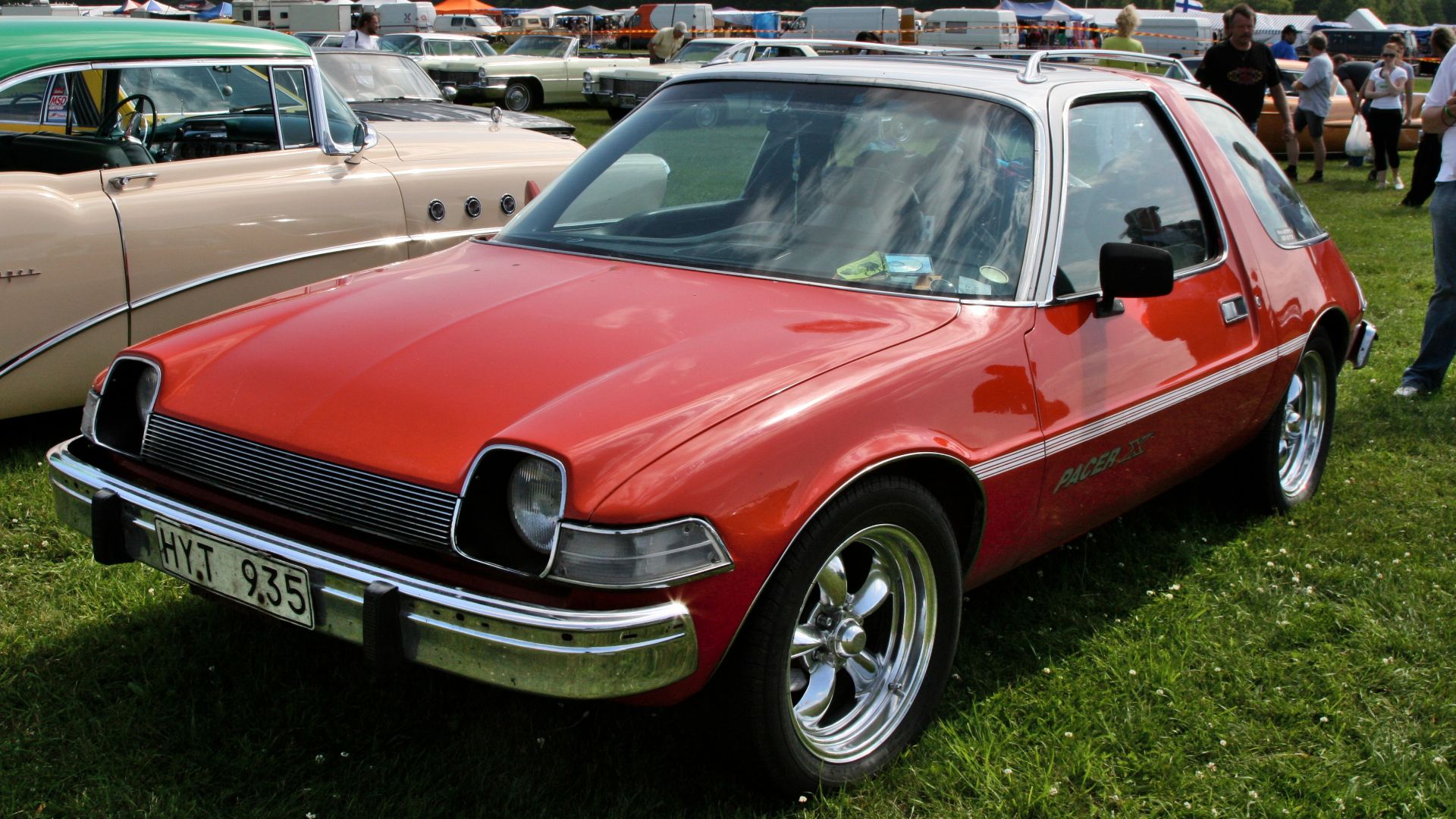 Triple-green, Wikimedia Commons
Triple-green, Wikimedia Commons
Hummer H1
The Hummer H1 originated as the military-grade Humvee, then burst into civilian life in the 1990s. Its massive stance and extreme off-road ability made it more symbolic than practical. It reshaped ideas around civilian utility vehicles and foreshadowed the SUV arms race of the early 2000s.
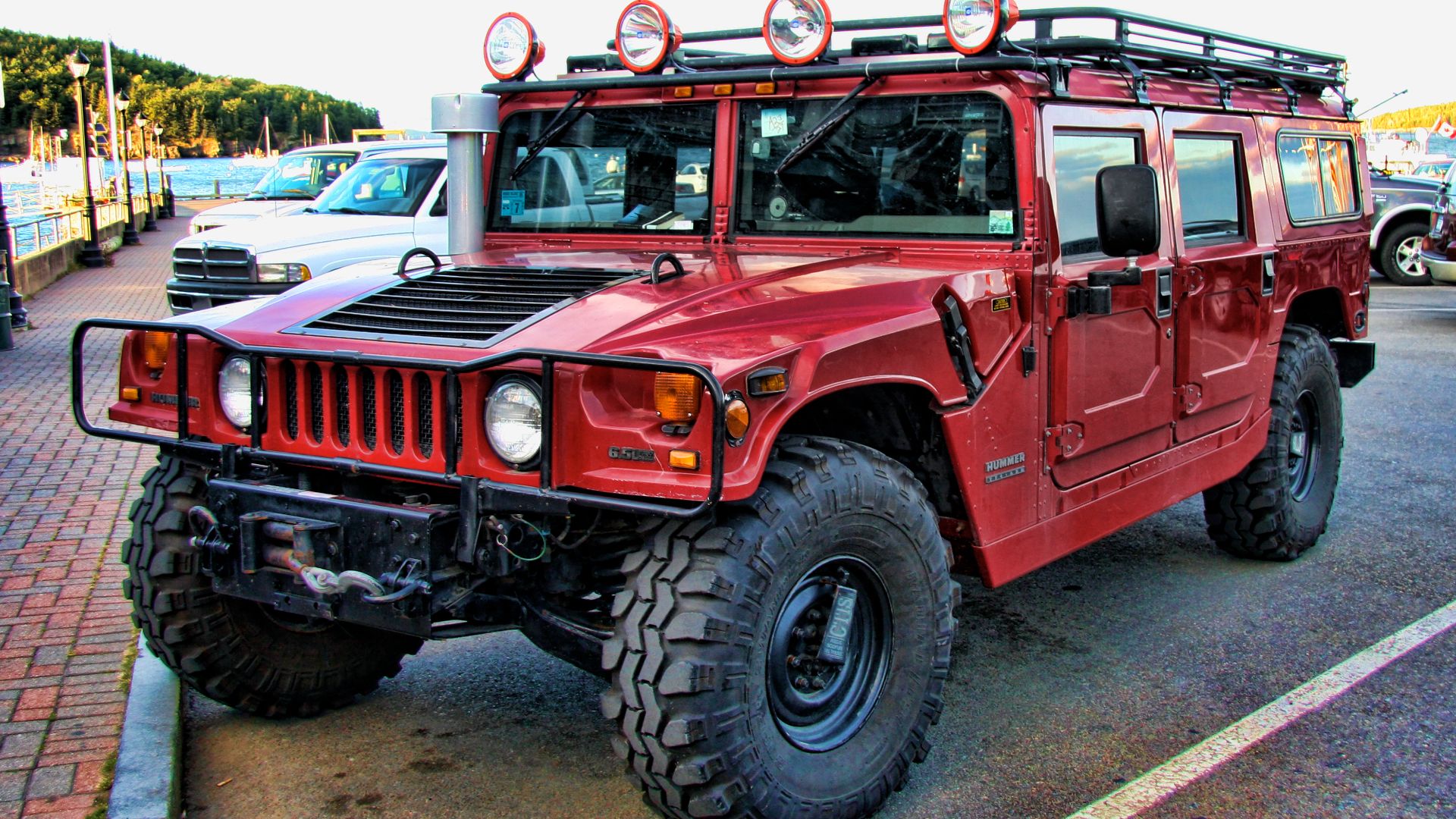 Brian Snelson from Hockley, Essex, England, Wikimedia Commons
Brian Snelson from Hockley, Essex, England, Wikimedia Commons
Audi Quattro
All-wheel drive wasn’t just for trucks after the Audi Quattro hit the rally scene in 1980. It transformed performance driving by proving AWD could dominate on tarmac and gravel. Its turbocharged power and sure-footed grip changed handling expectations and sparked a shift in high-performance car engineering across the industry.
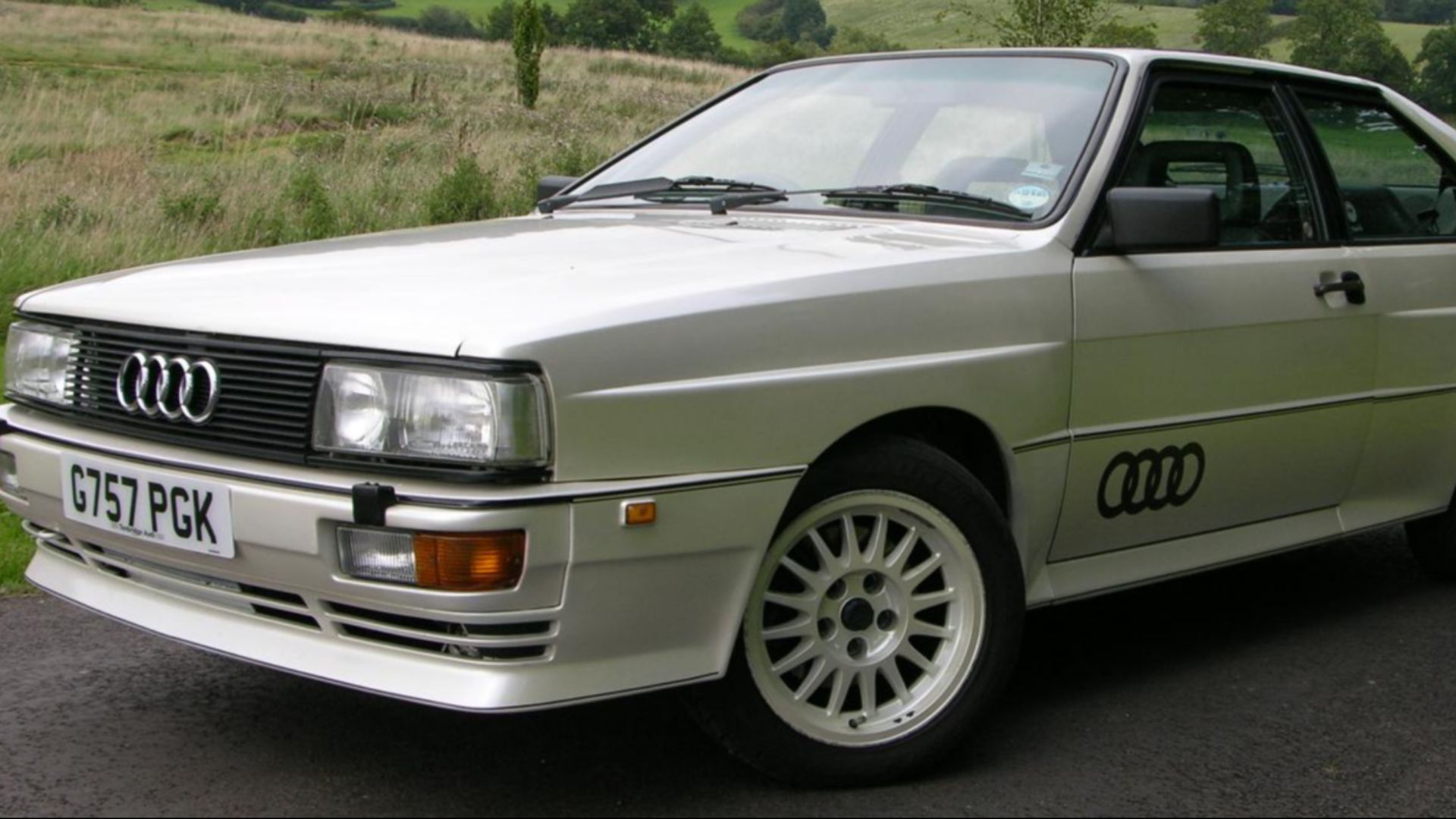 The Car Spy, Wikimedia Commons
The Car Spy, Wikimedia Commons
McLaren F1
Exclusivity and engineering perfection converged in the McLaren F1. Launched in 1992, it used Formula 1 tech and a unique center-seat layout. For years, it held the title of the fastest production car, yet it was also revered for balance and unmatched driving purity.
Toyota Prius
The Toyota Prius helped hybrid technology become mainstream. First launched in Japan in 1997 and then sold globally in the early 2000s, it combined gasoline and electric power to deliver unmatched fuel efficiency. Although its design divided opinions, its impact on emissions awareness and the development of modern eco-friendly drivetrains remains indisputable.
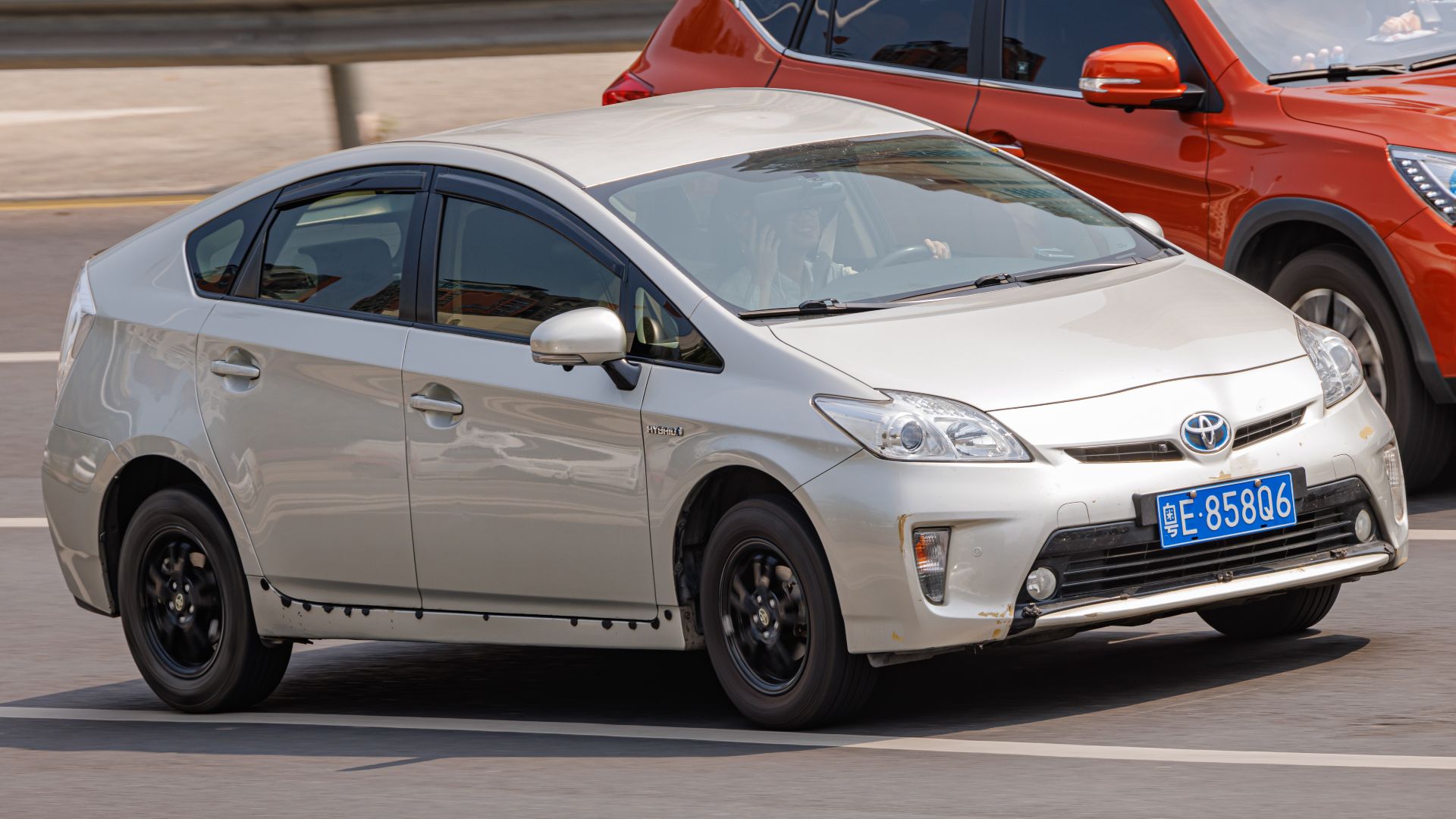 Dinkun Chen, Wikimedia Commons
Dinkun Chen, Wikimedia Commons
Tesla Model S
Released in 2012, Model S helped electric cars gain luxury credibility. It featured innovative software and blistering acceleration. With ranges rivaling gas-powered sedans and a minimalist interior, it disrupted both the EV space and the luxury segment almost overnight.
Chrysler Airflow
Streamlining wasn’t a styling gimmick for the 1934 Chrysler Airflow. It was a science-driven design. One of the first cars shaped in a wind tunnel, it offered improved aerodynamics and passenger comfort. Though a commercial failure, it pioneered ideas that would influence car design for decades.
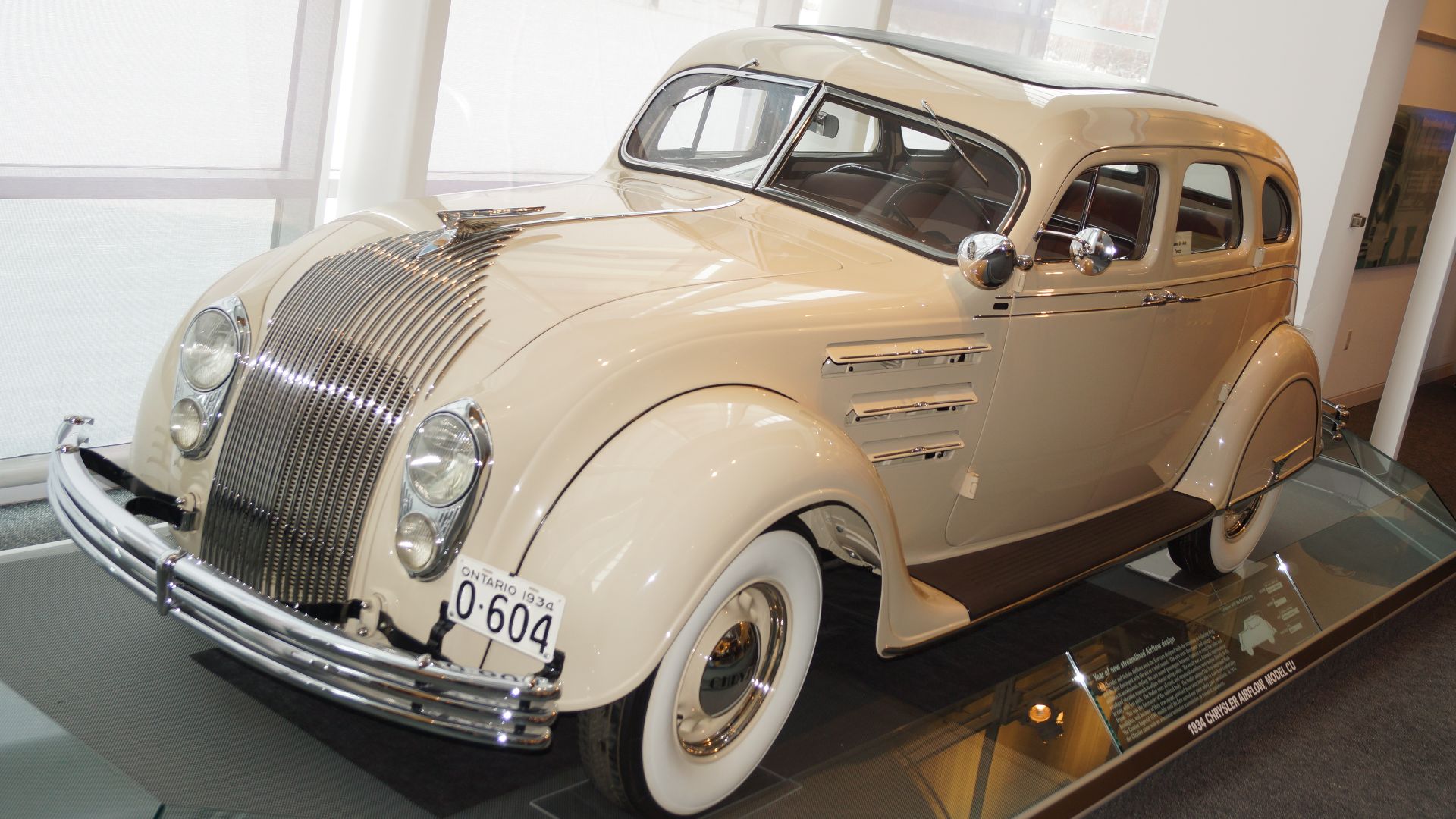 Greg Gjerdingen from Willmar, USA, Wikimedia Commons
Greg Gjerdingen from Willmar, USA, Wikimedia Commons
Mercedes-Benz S-Class (W116–W223)
From anti-lock brakes to radar-based cruise control, the S-Class introduced features long before rivals. Since the 1970s, each generation has quietly defined future standards for safety and luxury. More than just a flagship, it’s a laboratory on wheels for tomorrow’s automotive innovations.
Mazda RX-7
The RX-7 earned its place with a compact rotary engine that spun to high RPMs and delivered punchy performance. It stood apart in a market dominated by piston engines. The car’s weight and affordability gave drivers a uniquely thrilling experience.
BMW i3
Innovation and sustainability gave the BMW i3 its charm. It used a carbon-fiber-reinforced plastic body and an electric drivetrain wrapped in a futuristic city car design. Although the bold engineering and quirky aesthetics didn’t appeal to everyone, this vehicle reshaped expectations for electric vehicles and lightweight construction.
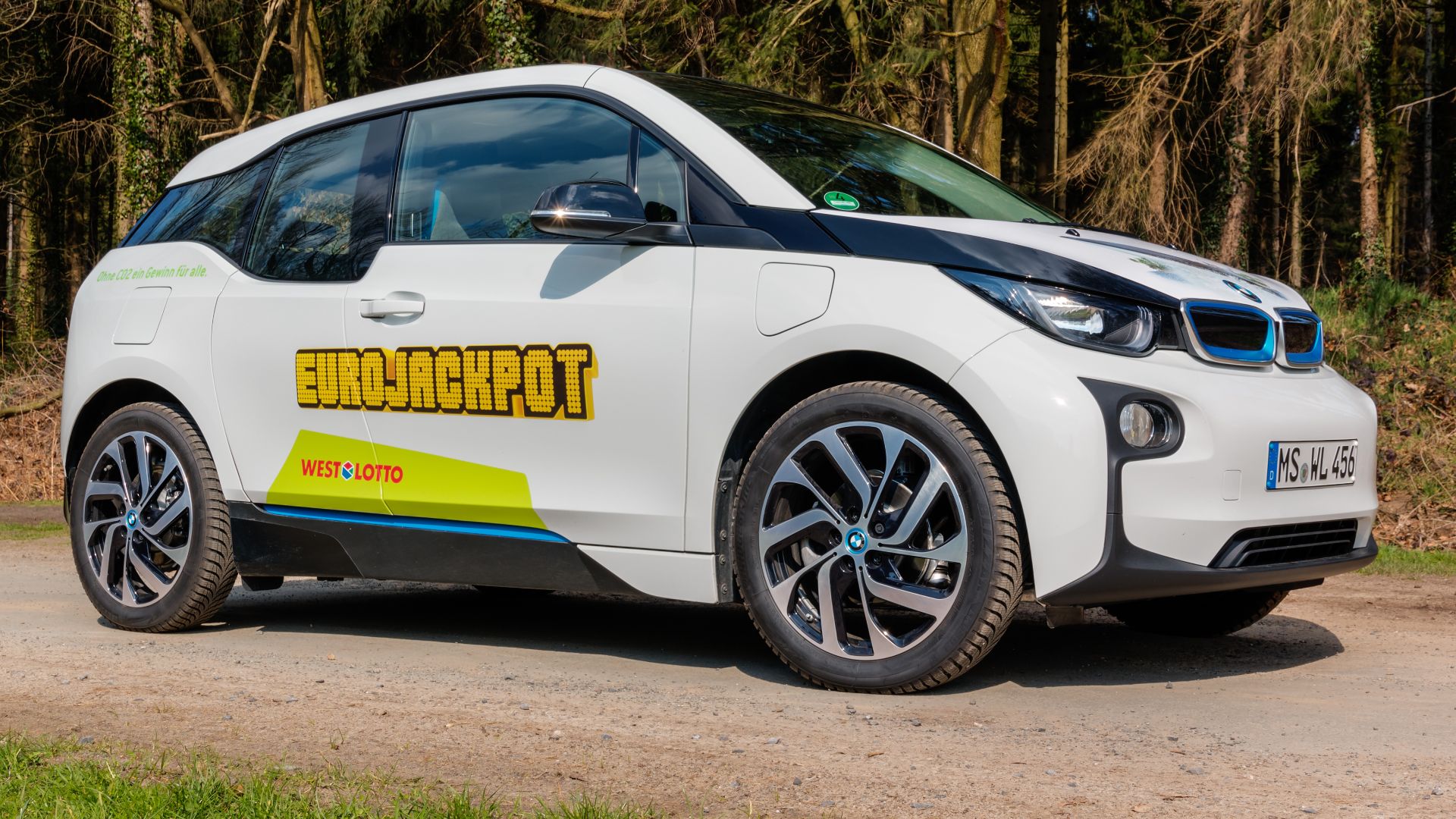 Dietmar Rabich, Wikimedia Commons
Dietmar Rabich, Wikimedia Commons
Oldsmobile Toronado
Front-wheel drive returned to American roads with the 1966 Oldsmobile Toronado. It was the first US car in decades to adopt the layout by offering improved traction and cabin space without sacrificing V8 power. Its influence paved the way for widespread front-wheel-drive adoption across American sedans and coupes.
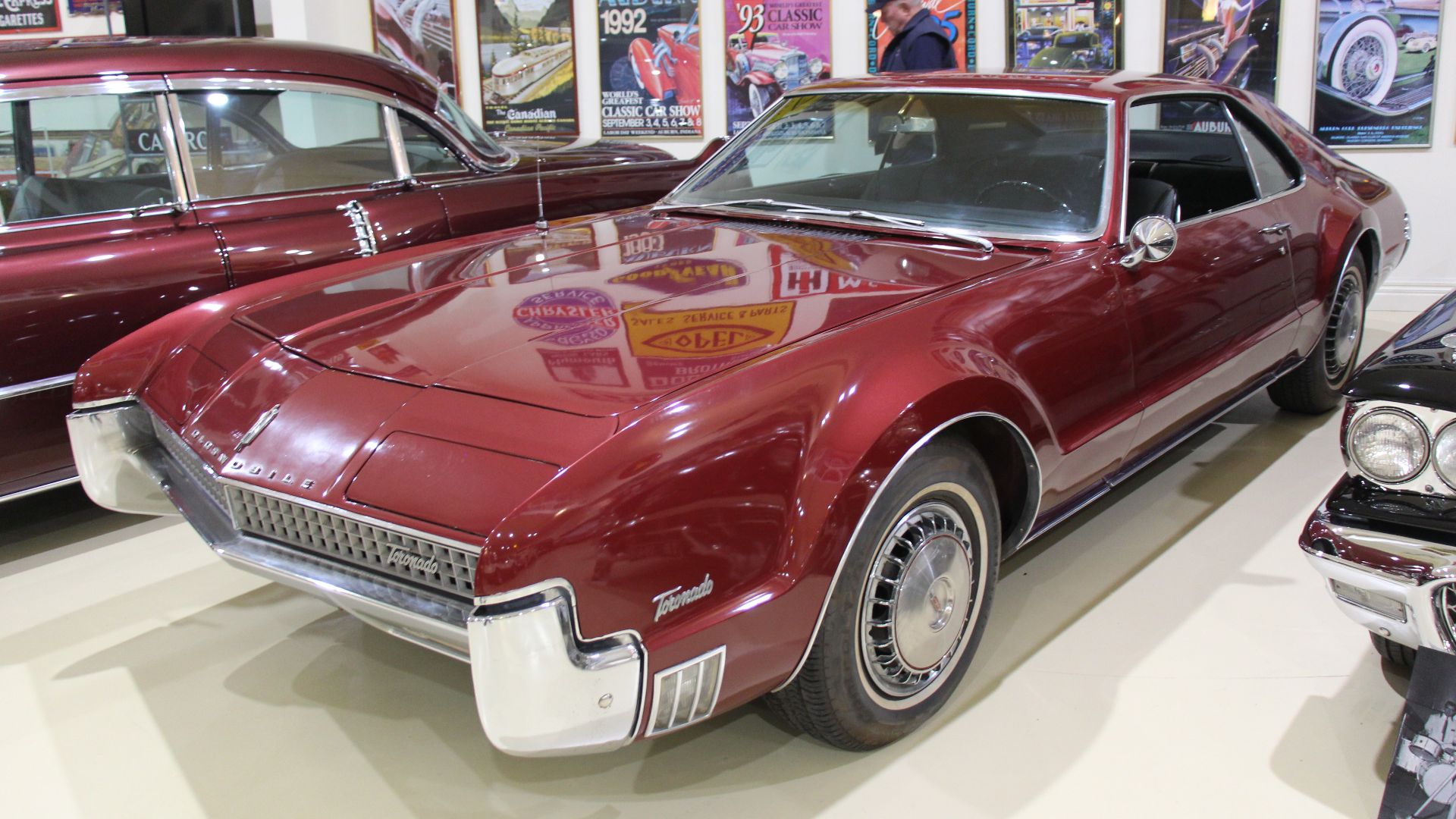 Cars Down Under, Wikimedia Commons
Cars Down Under, Wikimedia Commons
DeLorean DMC-12
Brushed stainless steel and a starring role in pop culture made the DeLorean DMC-12 unforgettable. Sold from 1981 to 1983, its futuristic design overshadowed its modest performance. Though short-lived, it became a cult classic and cultural artifact thanks to film fame and distinctive styling.
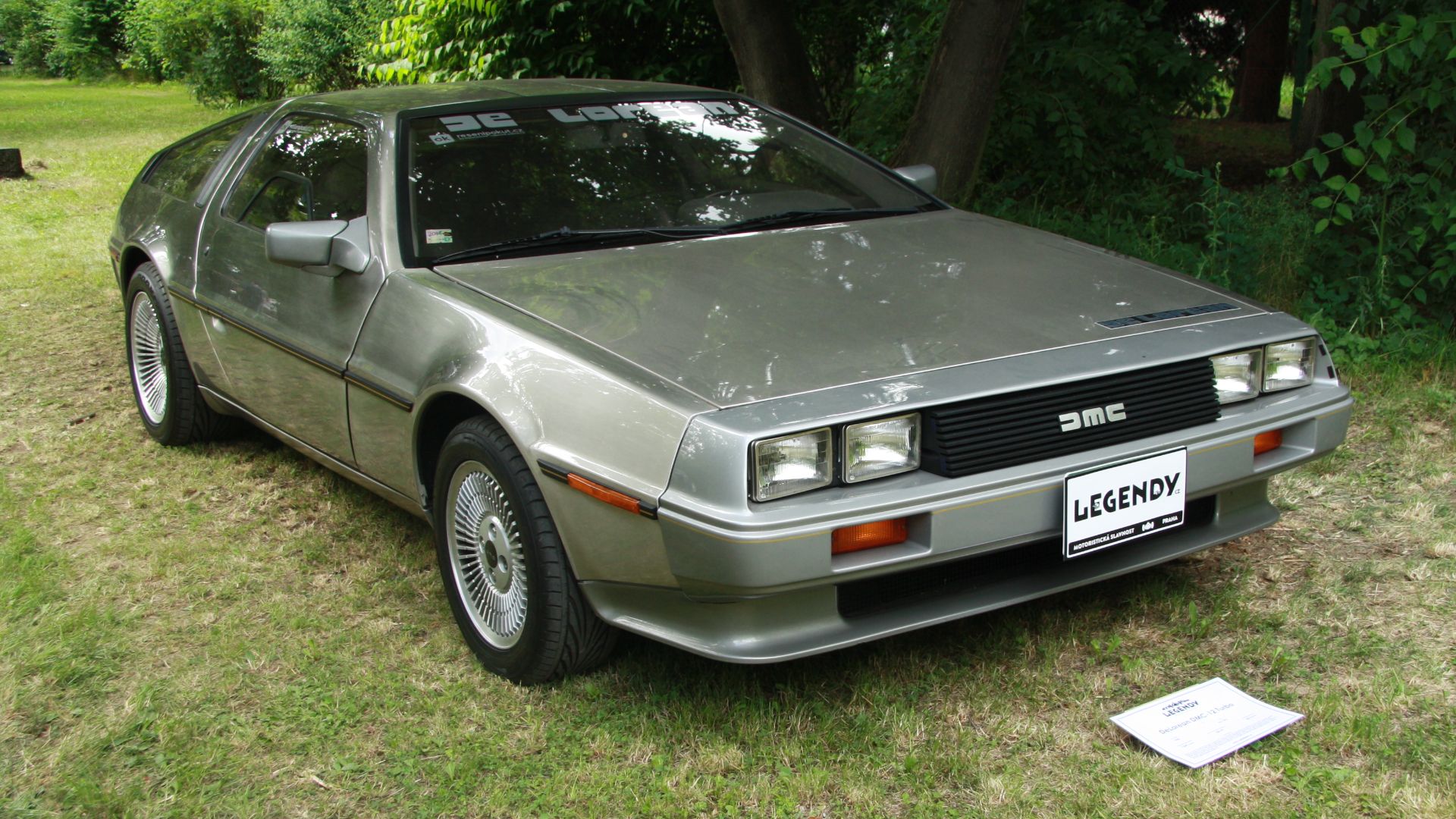 Jiří Sedláček, Wikimedia Commons
Jiří Sedláček, Wikimedia Commons
Toyota Land Cruiser (J40)
The J40 Land Cruiser blended military toughness with civilian utility. Produced from the 1960s through the 1980s, it gained a reputation for bulletproof durability in the world’s harshest environments. It helped Toyota expand globally and became synonymous with off-road dependability across continents and generations.
 dave_7 from Lethbridge, Canada, Wikimedia Commons
dave_7 from Lethbridge, Canada, Wikimedia Commons
Peugeot 205 GTI
European hot hatch culture reached its peak with the Peugeot 205 GTI. Light and quick, this 1980s icon brought driving thrills in a compact, affordable form. It won rally championships and influenced how performance could be democratized. This car earned praise as one of the greatest handling hatchbacks ever built.
Bugatti Veyron
Speed records fell with the arrival of the Bugatti Veyron. Backed by Volkswagen Group and launched in 2005, it featured a quad-turbo W16 engine and 1,001 horsepower. Beyond its 253 mph top speed, it redefined what hypercars could achieve in engineering and luxury while being wrapped in extreme precision.
Chrysler Minivan (Dodge Caravan/Plymouth Voyager)
Family transportation changed forever with the debut of Chrysler’s minivans in 1984. Built on a car platform, they offered sliding doors with low step-in height and modular seating, which made them perfect for suburban life. These minivans reshaped the American household commute and replaced the station wagon as the family default.


